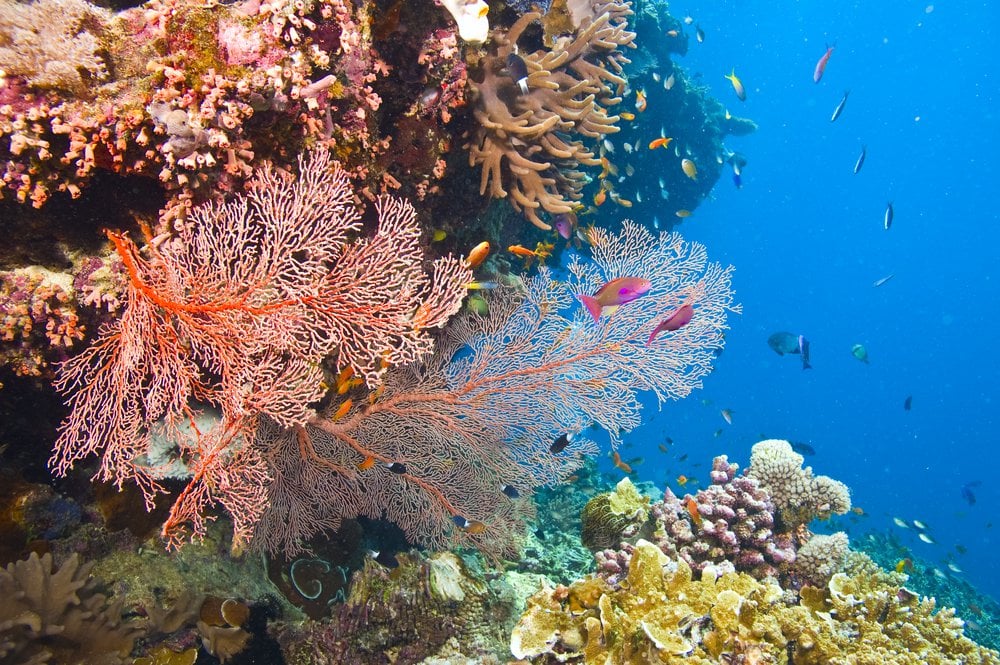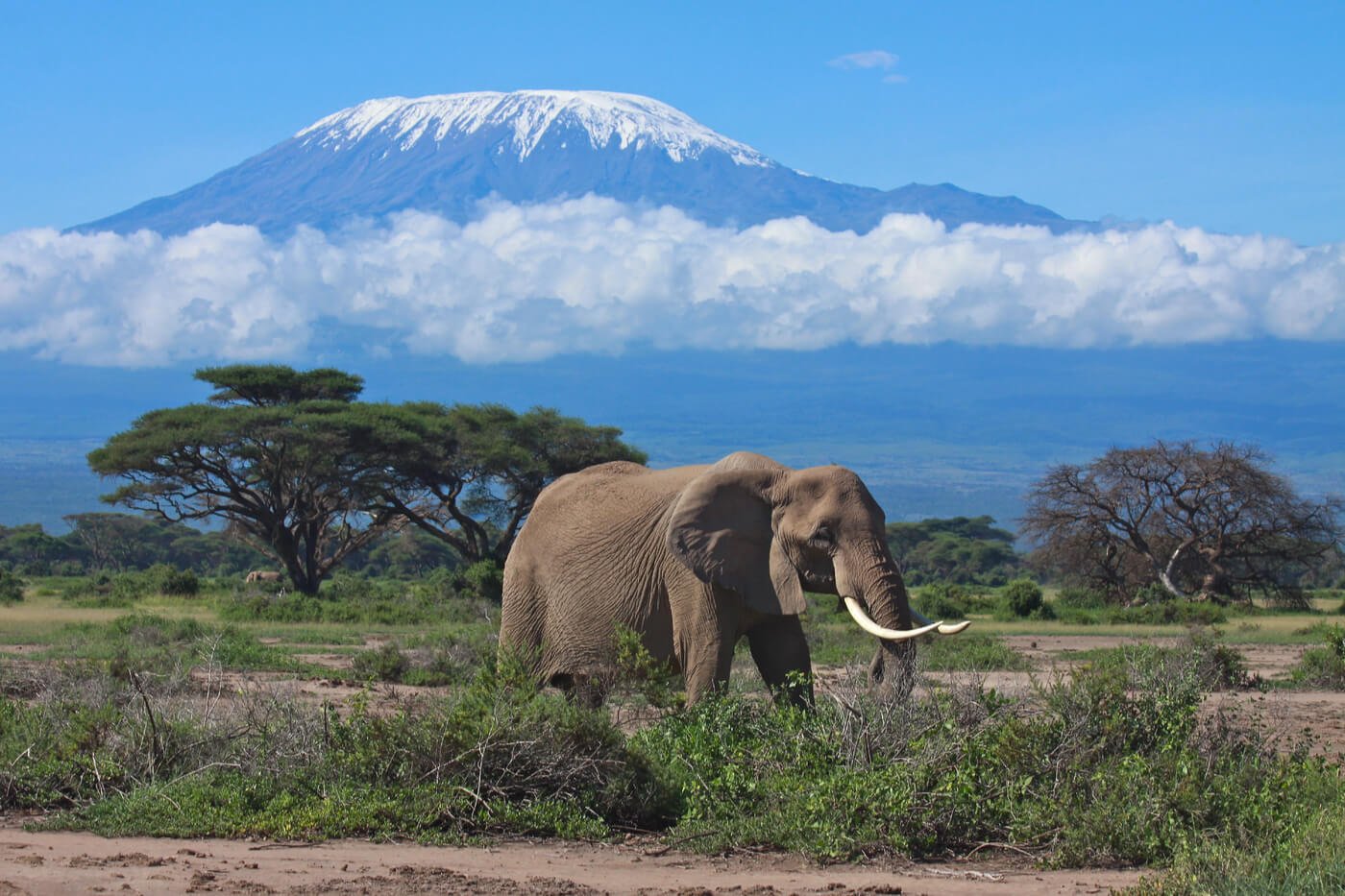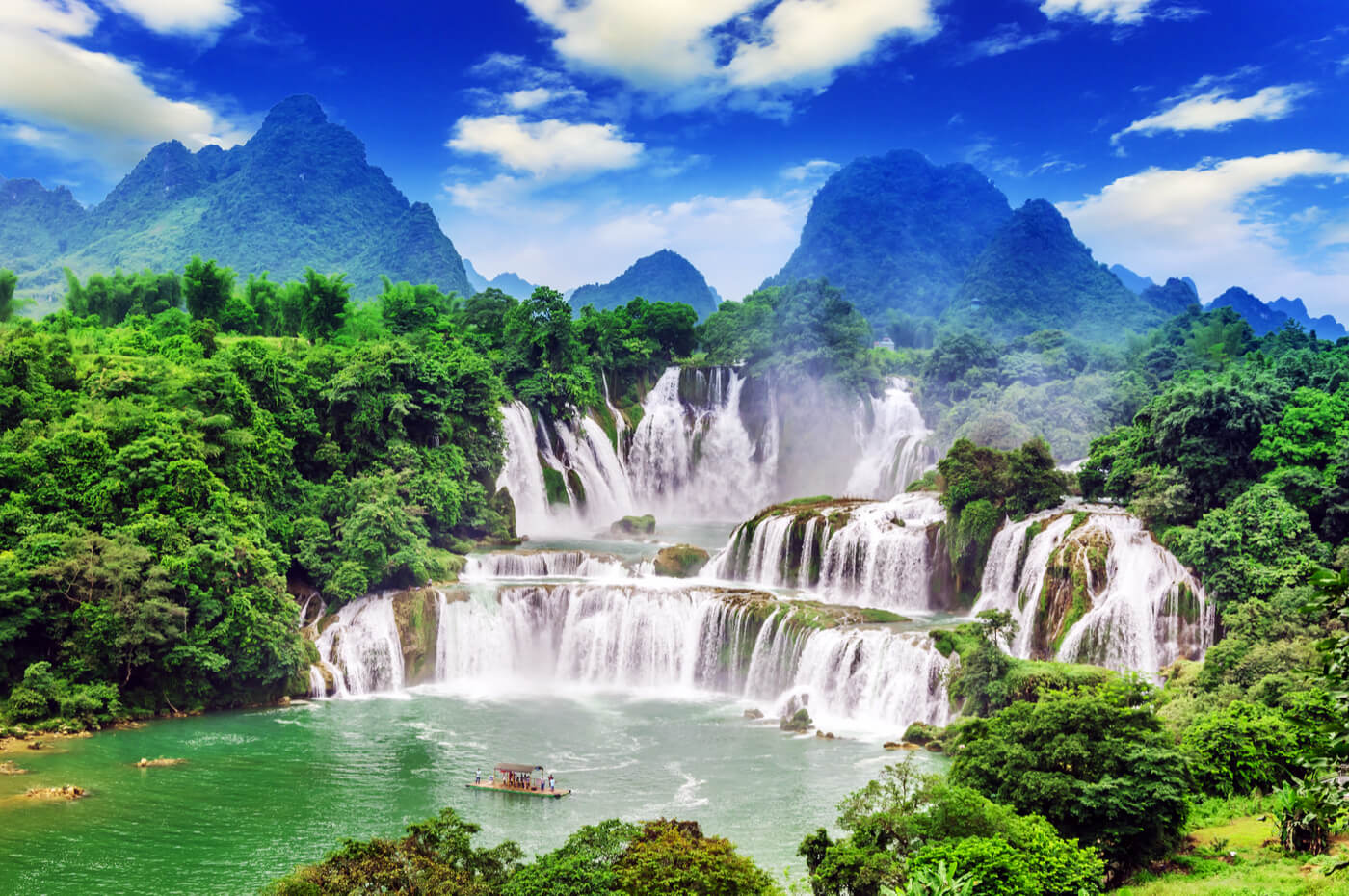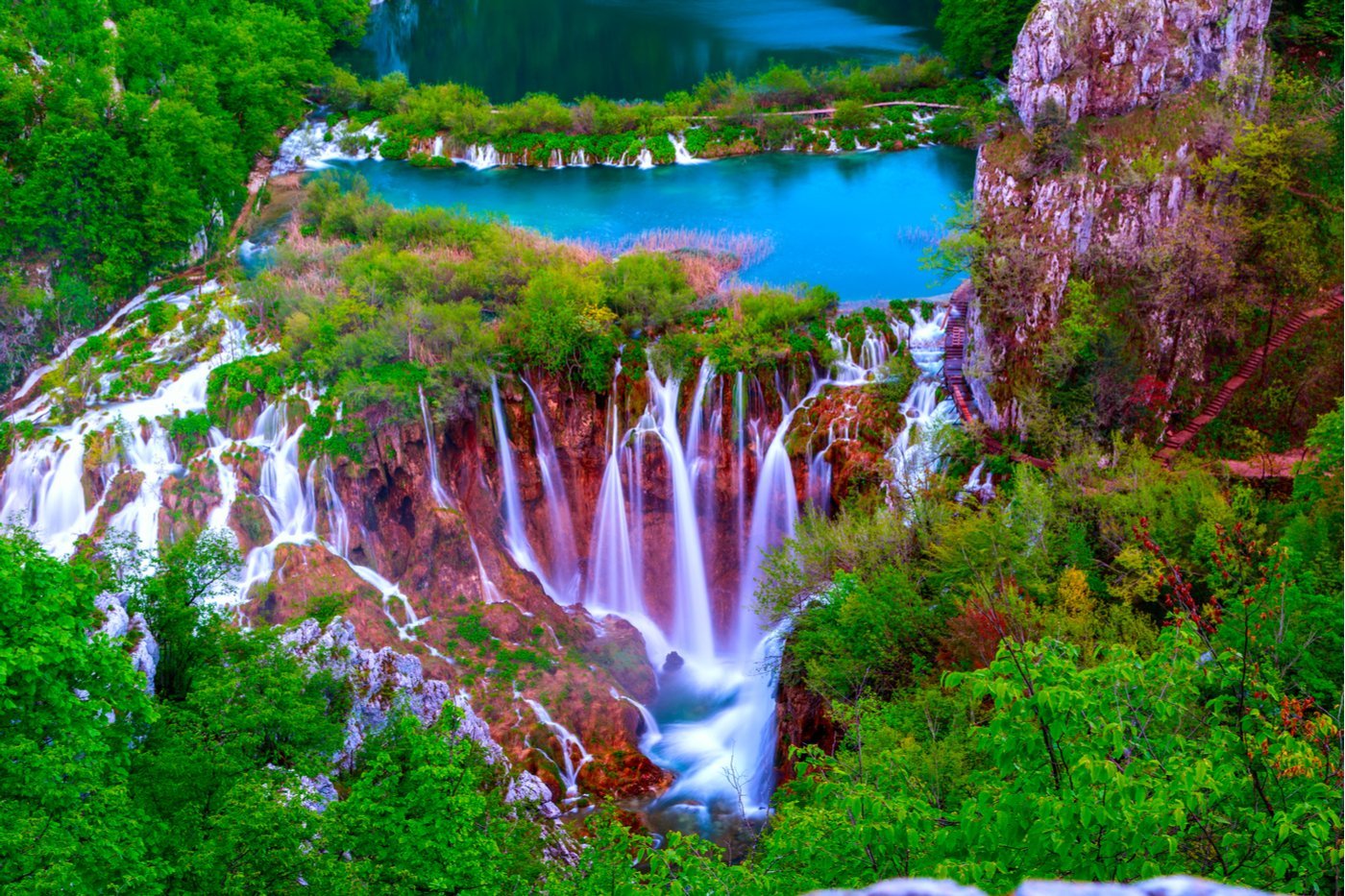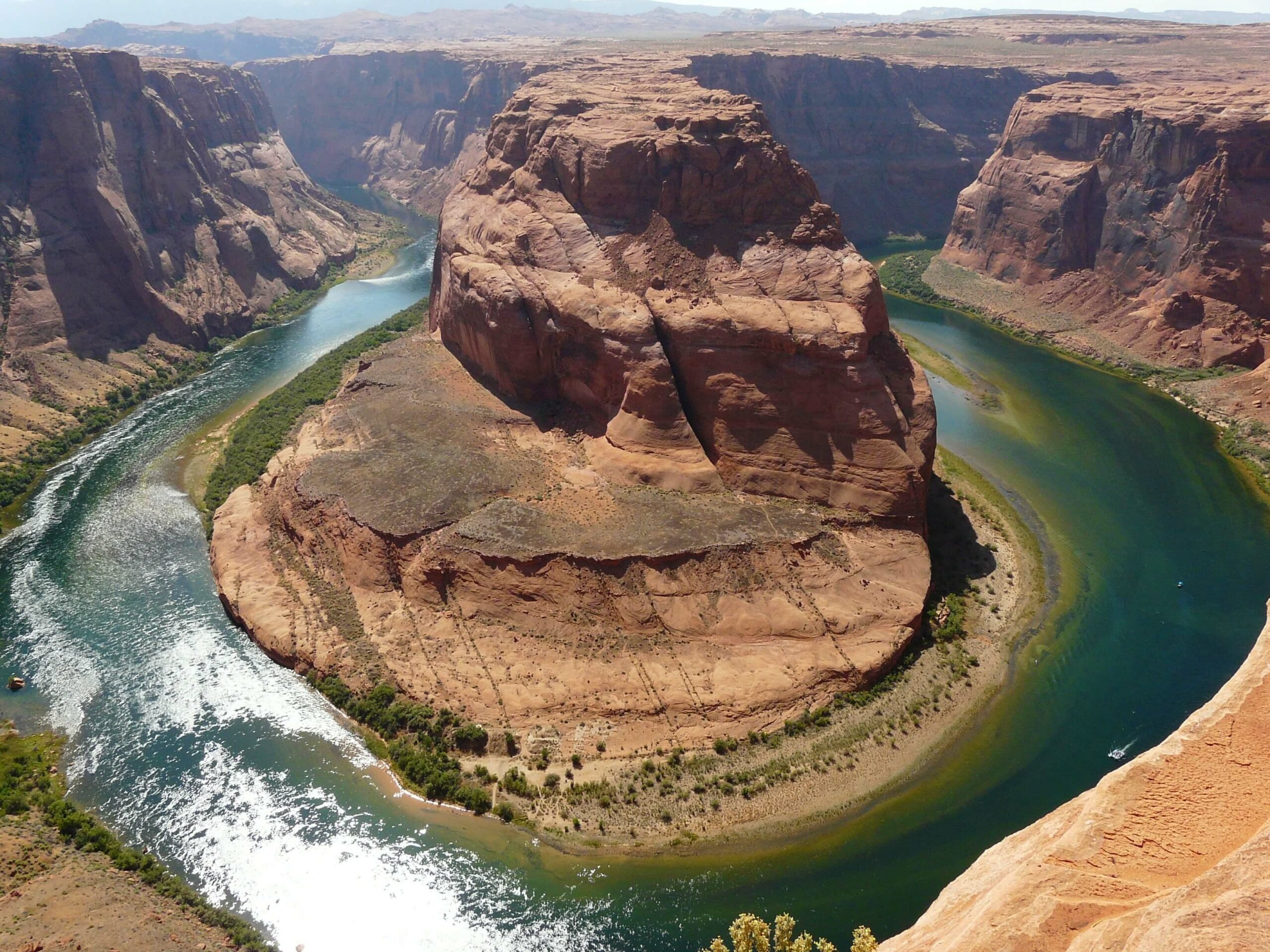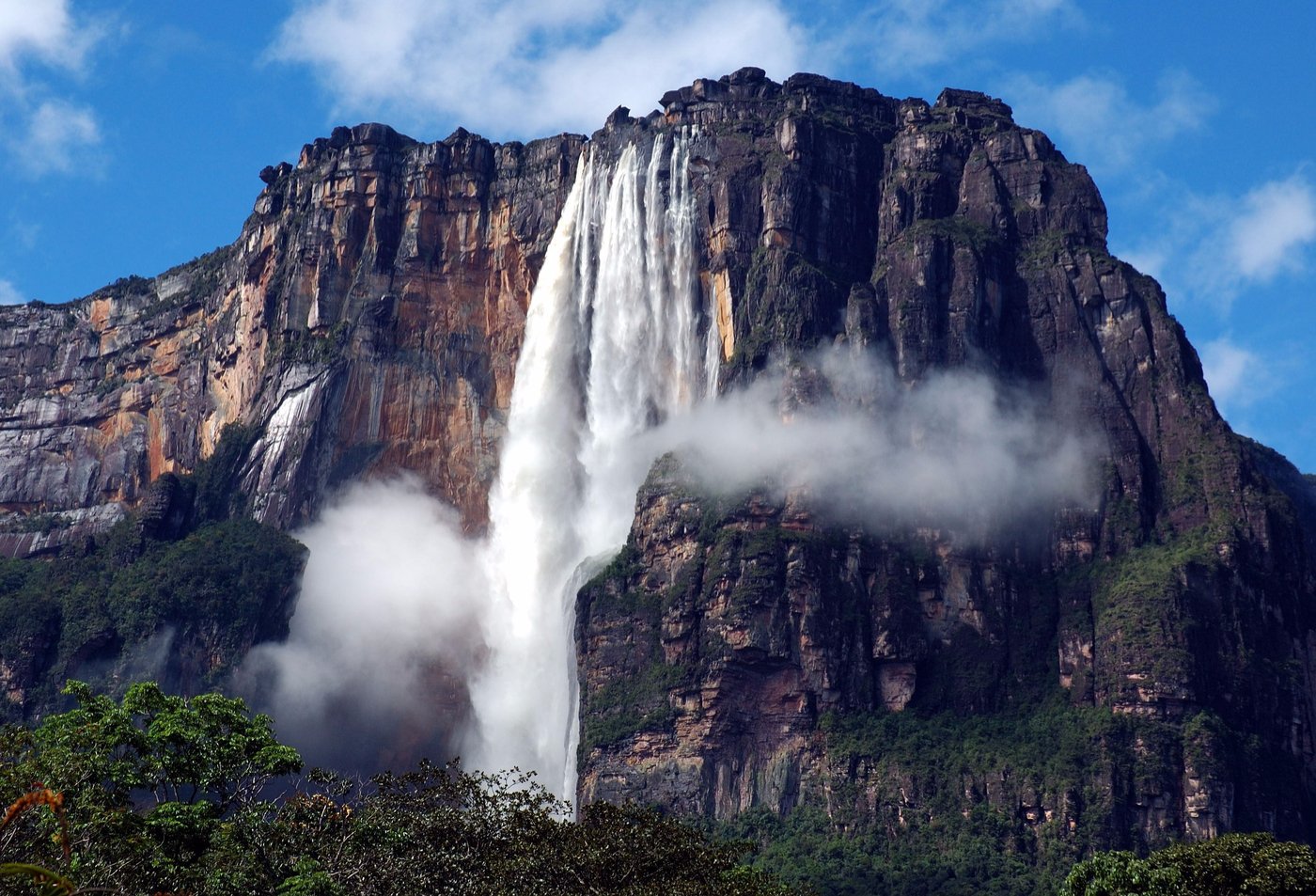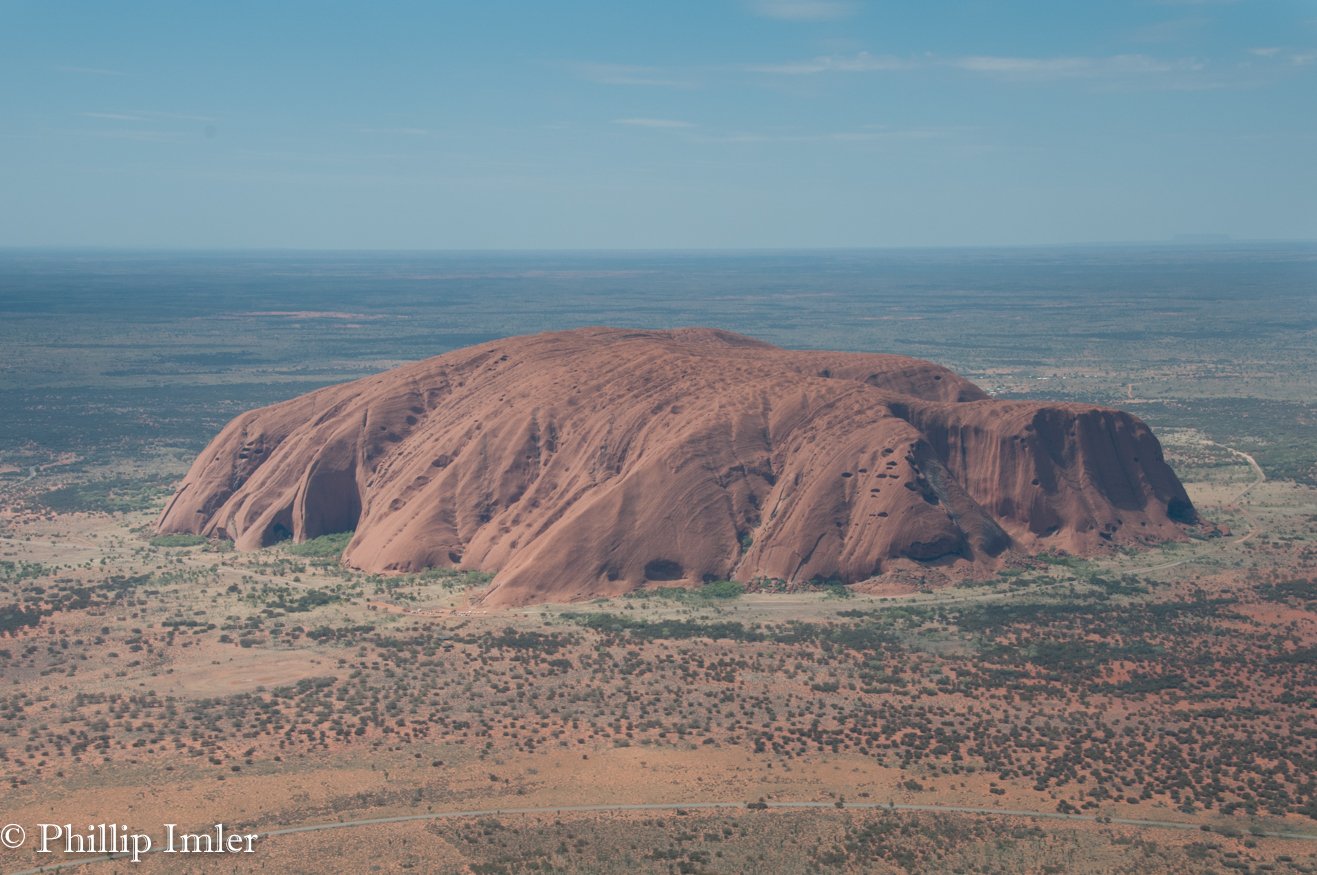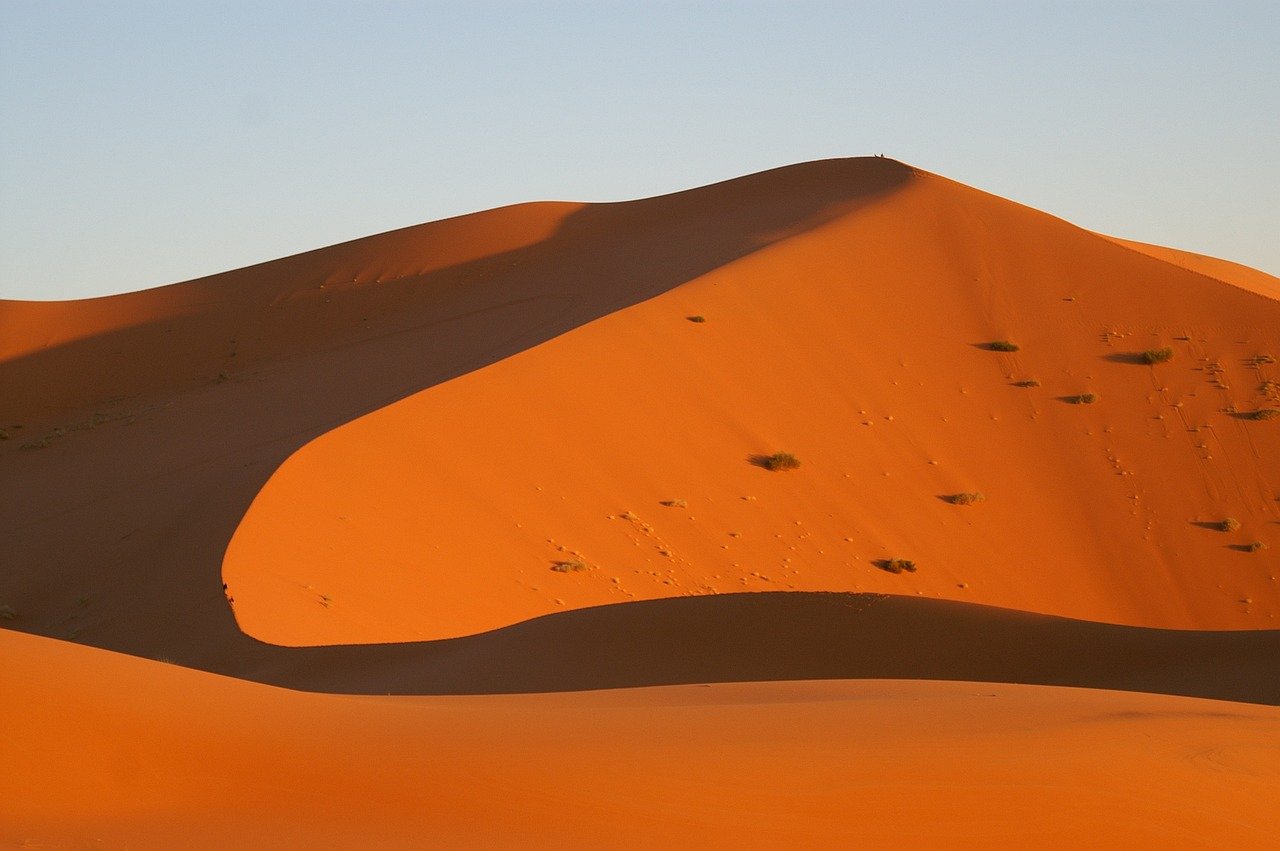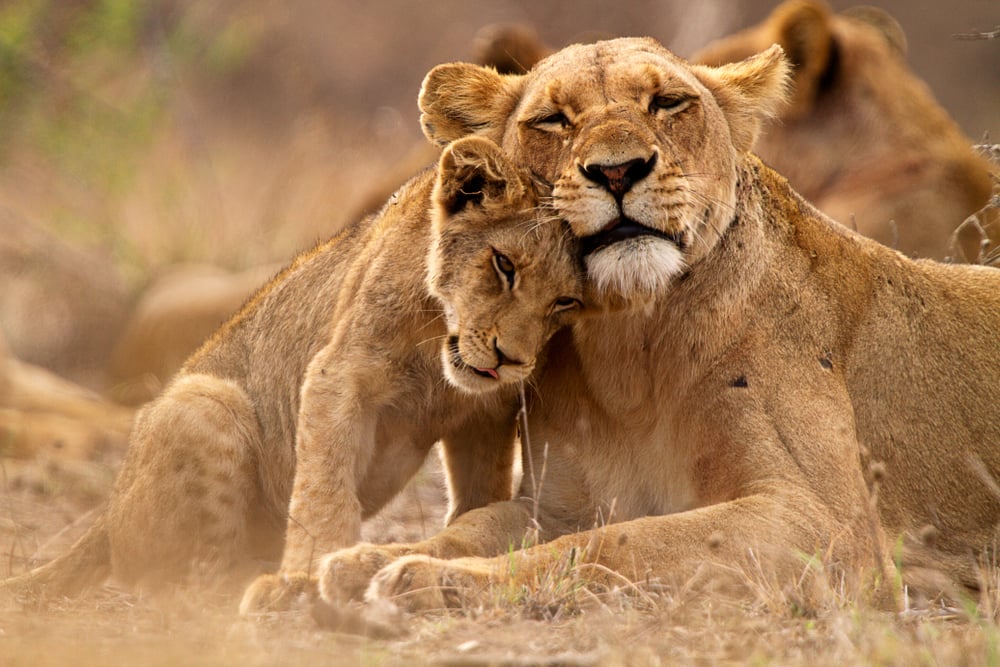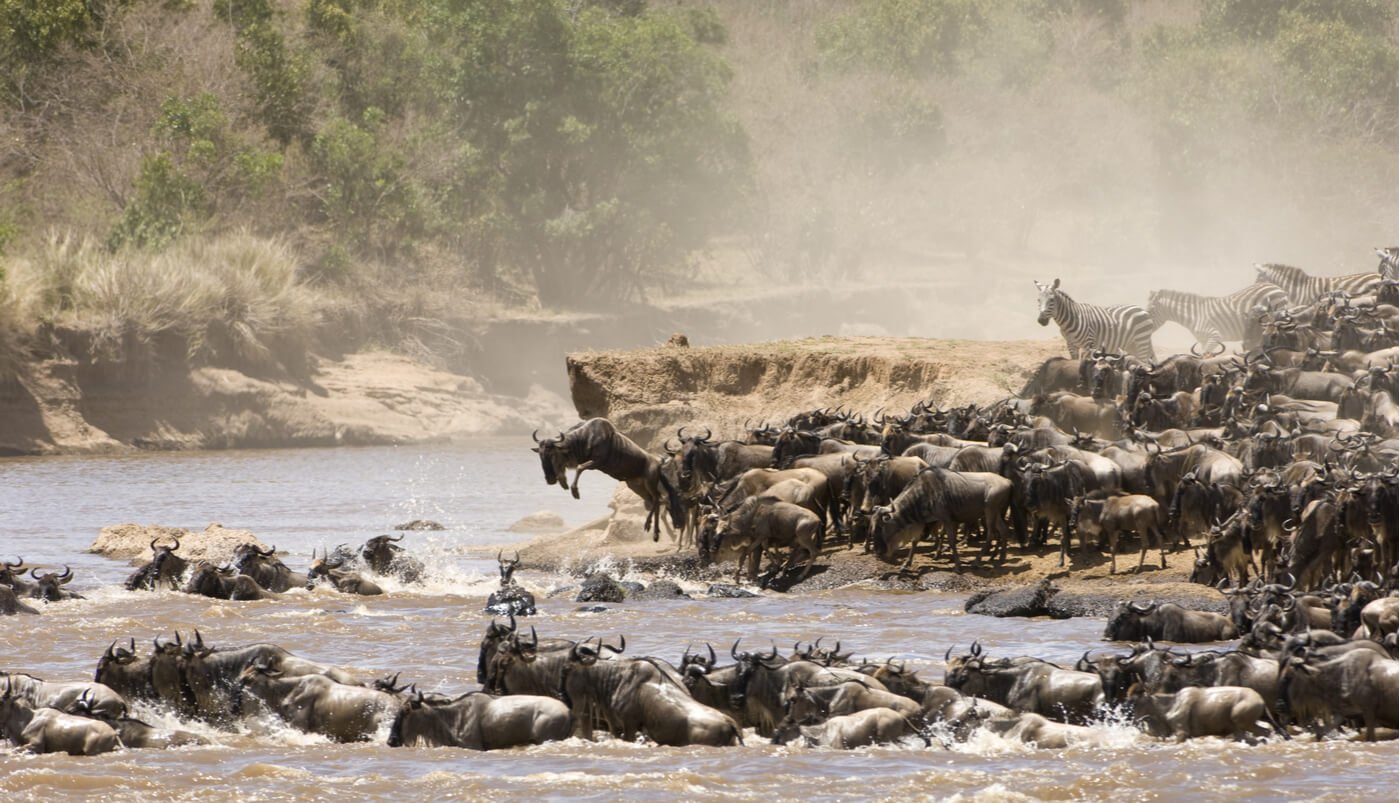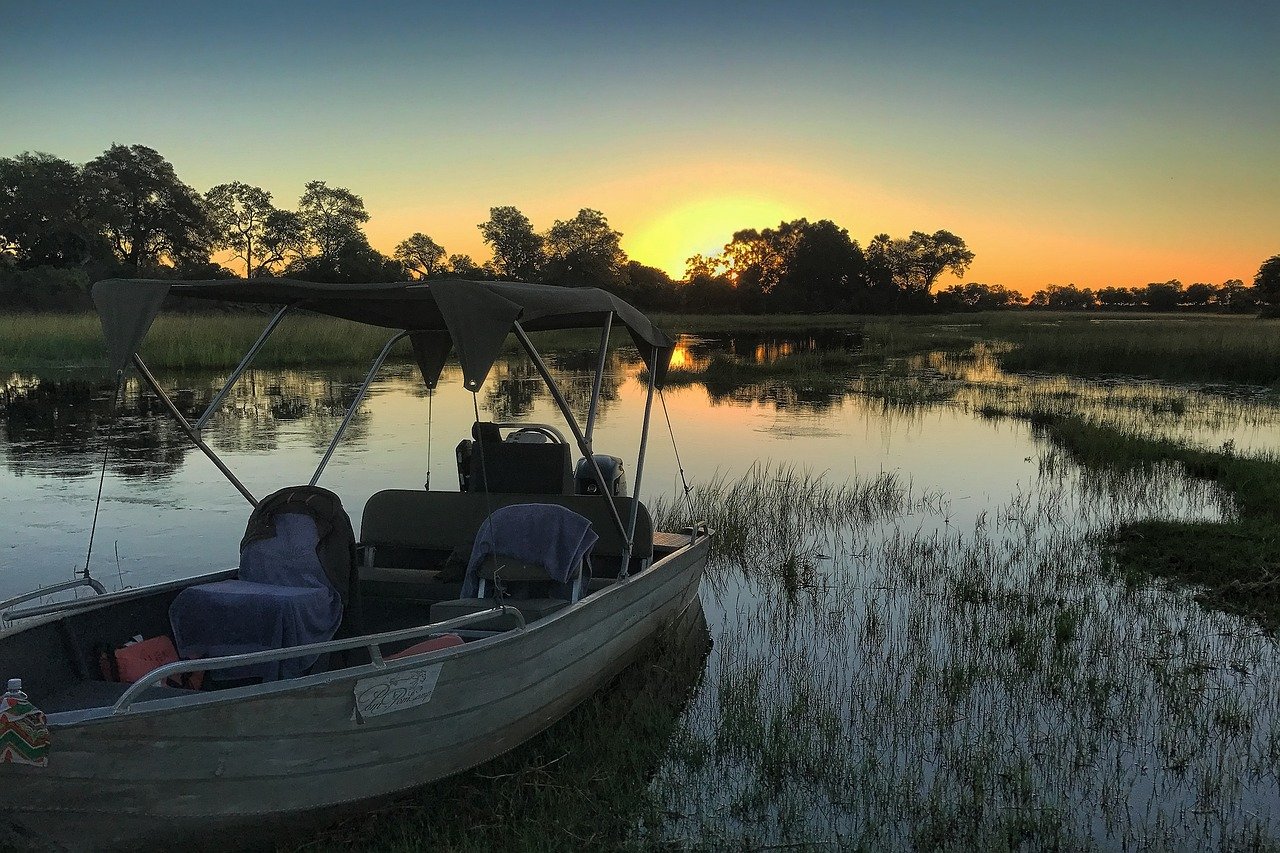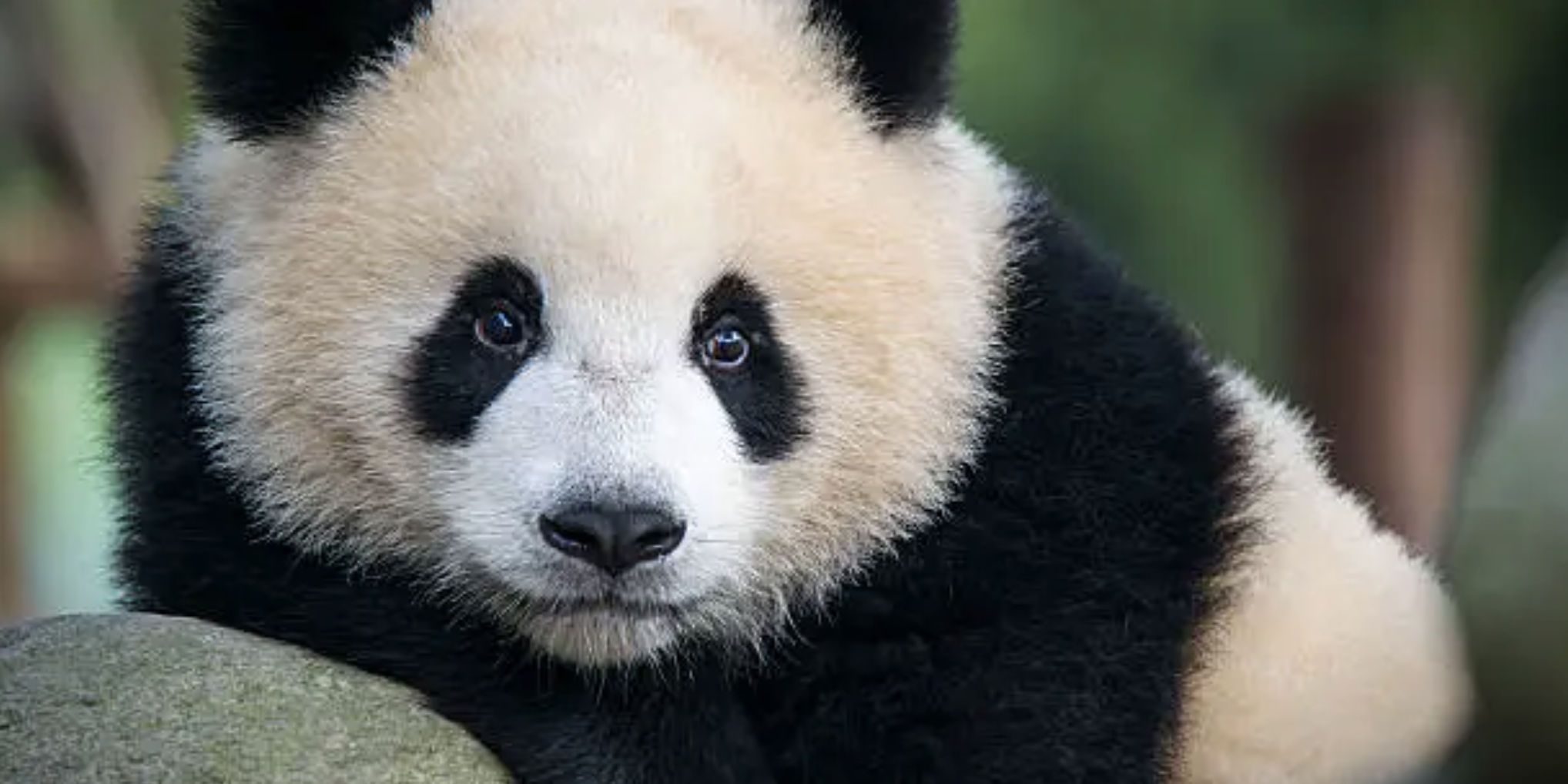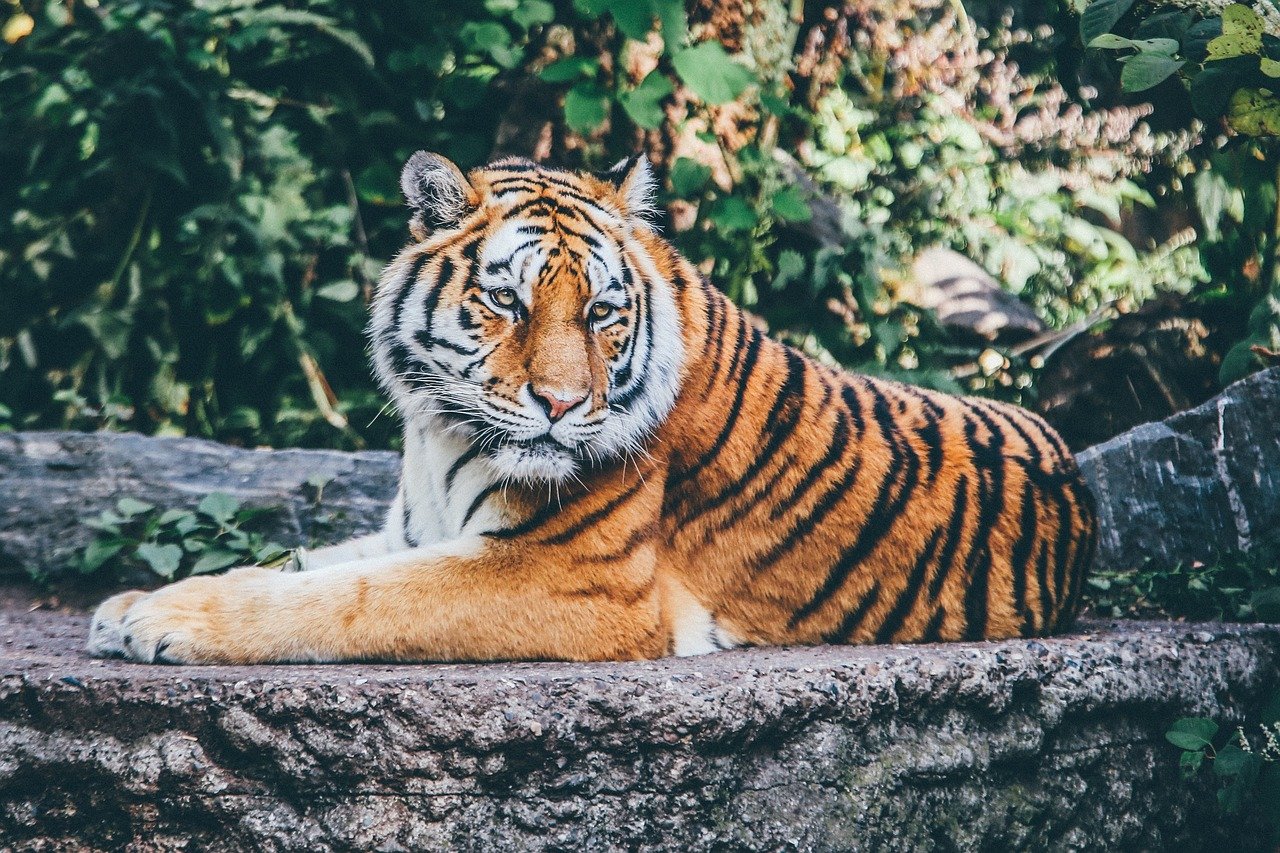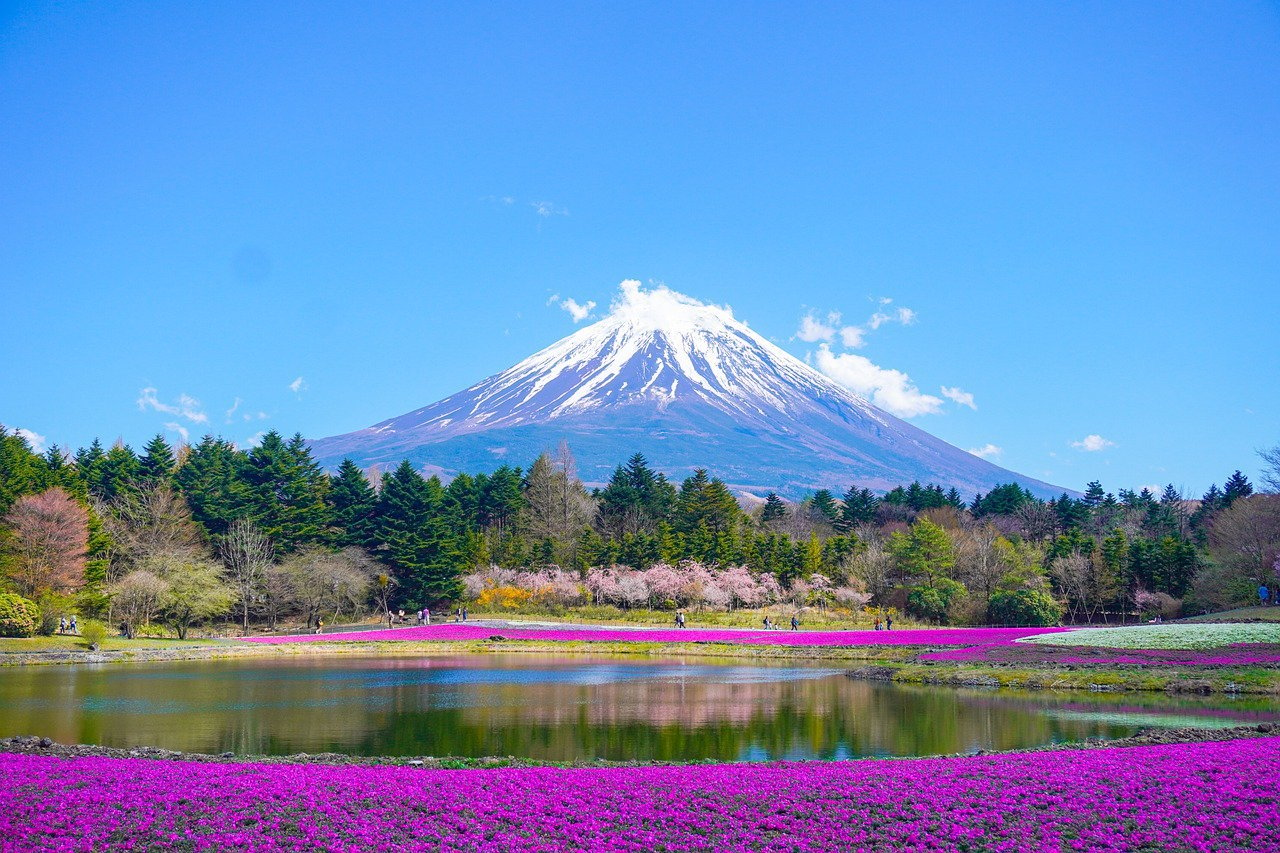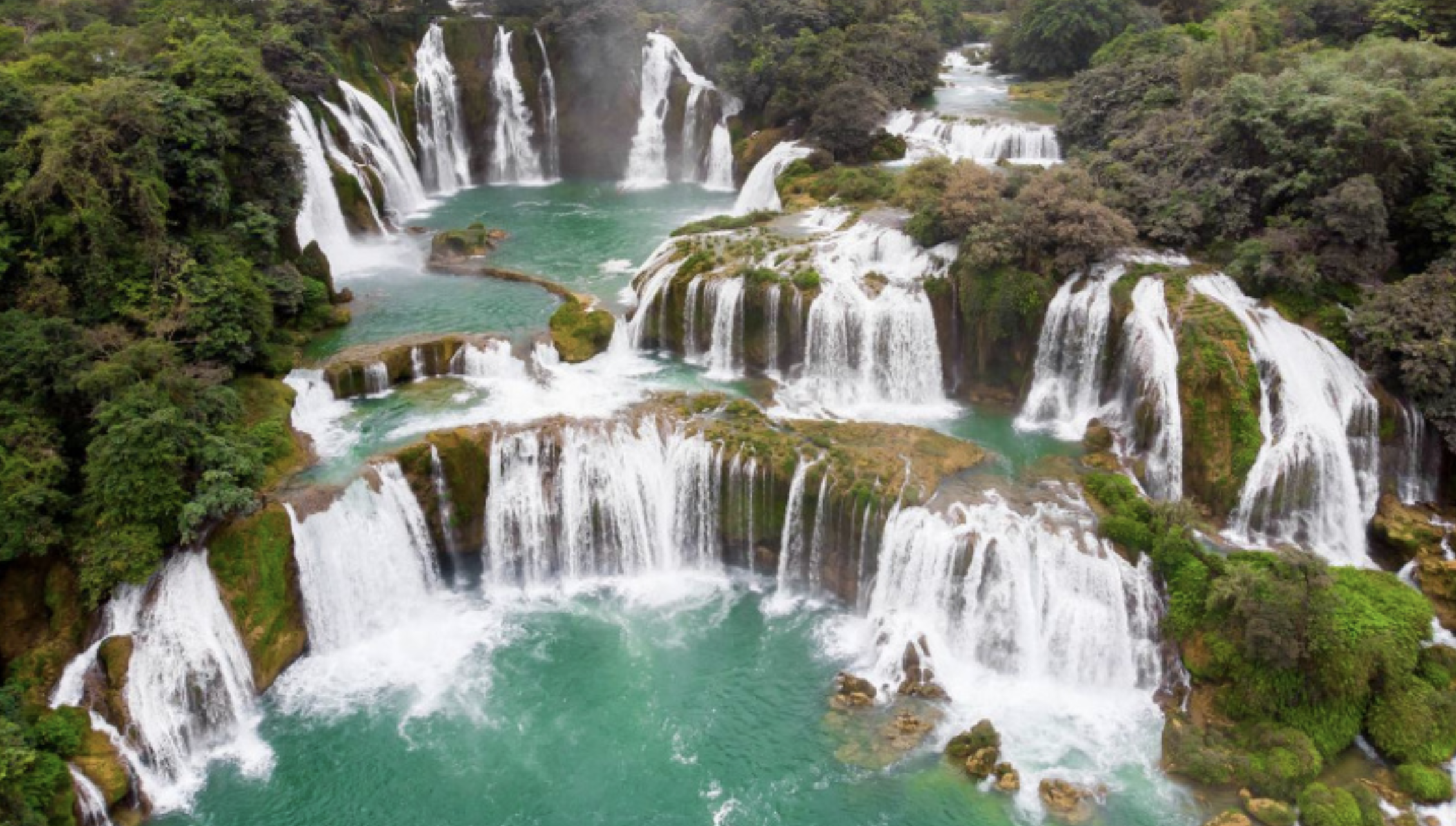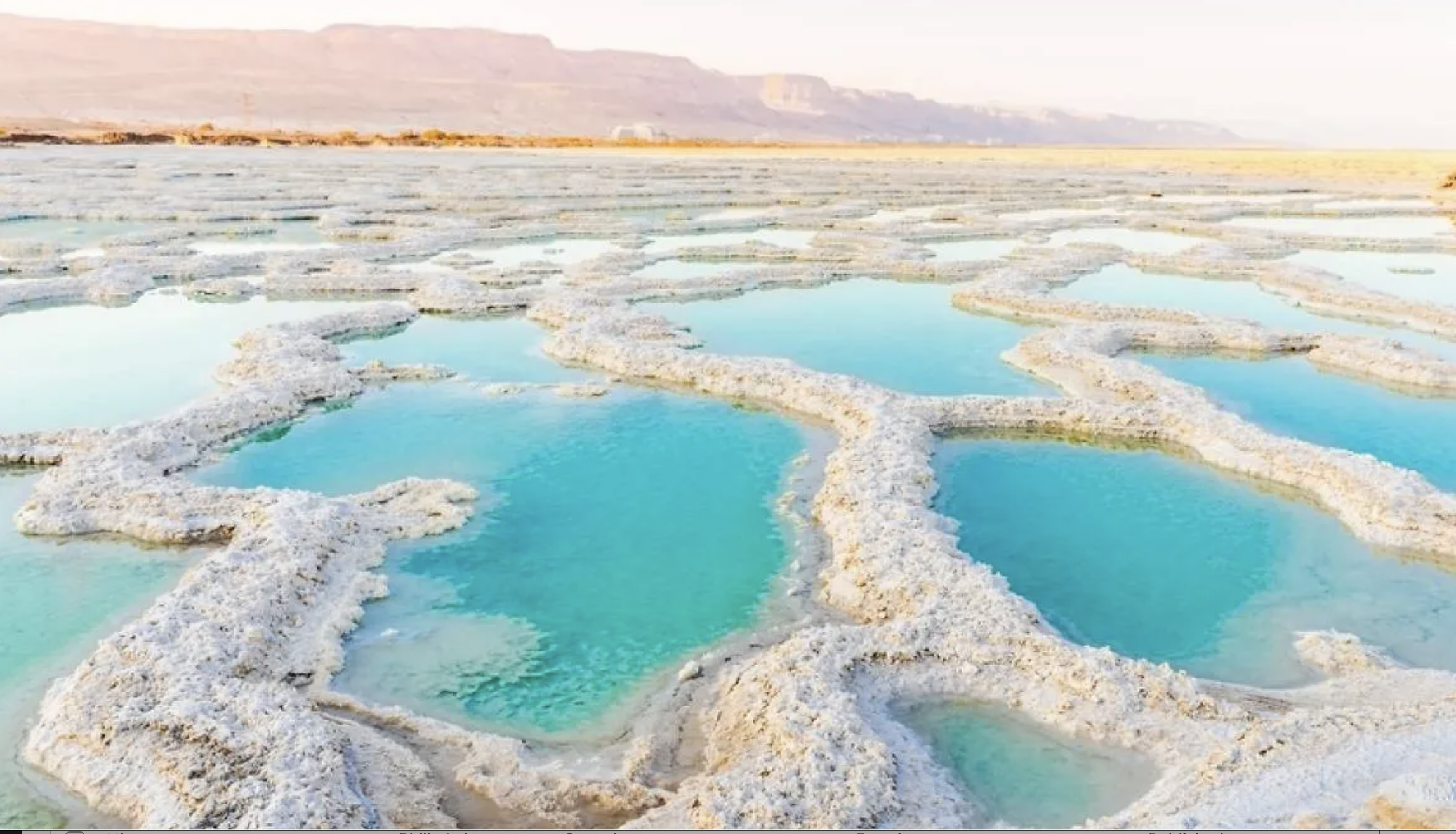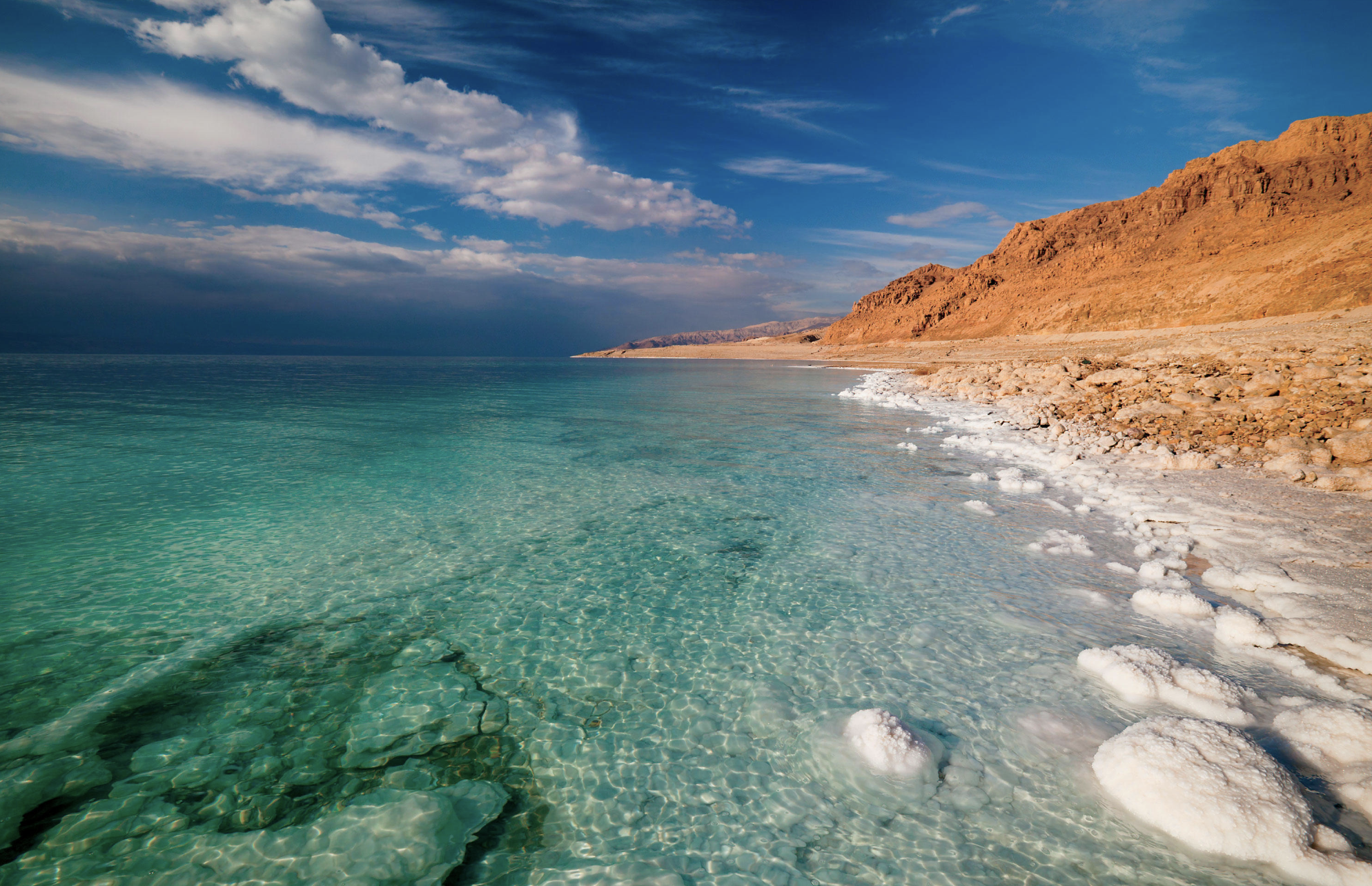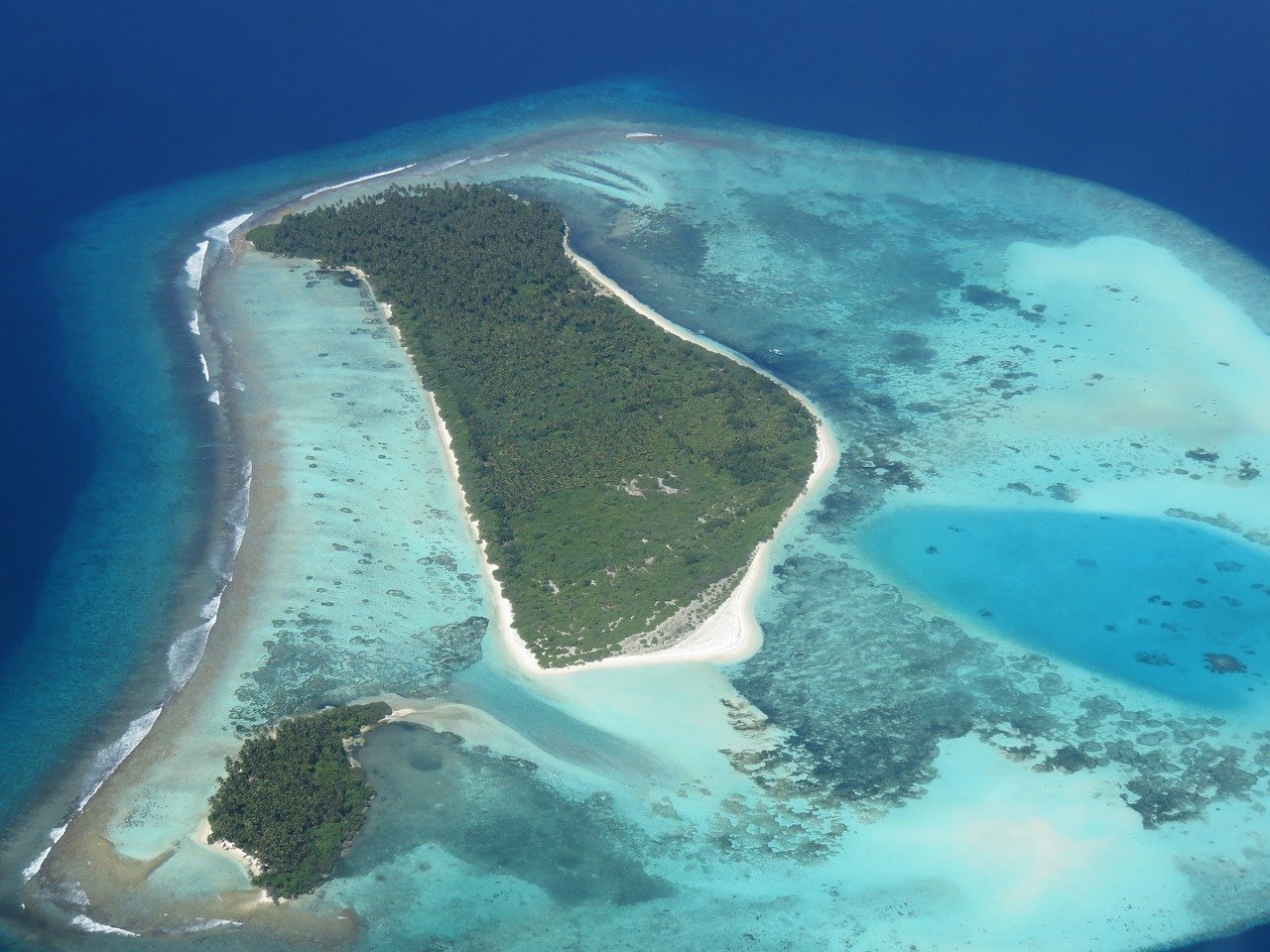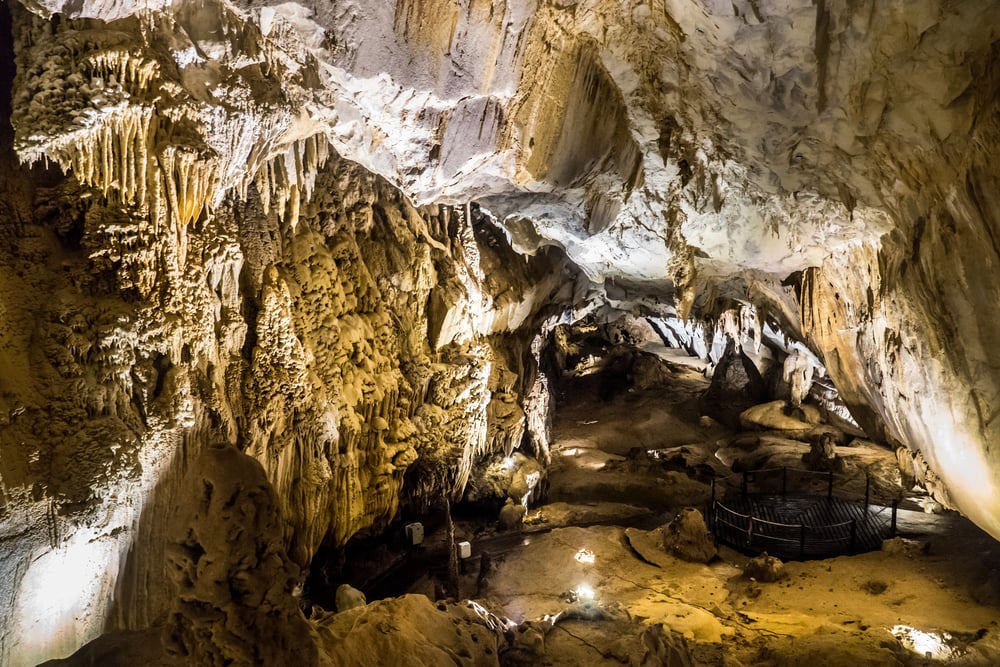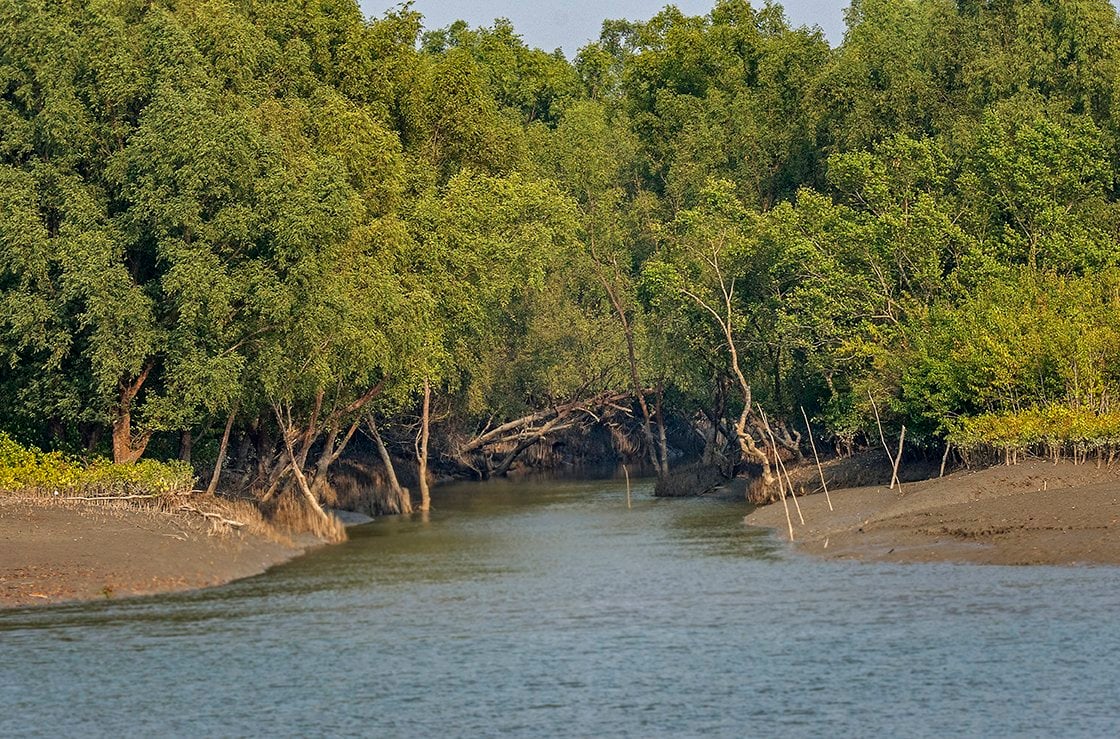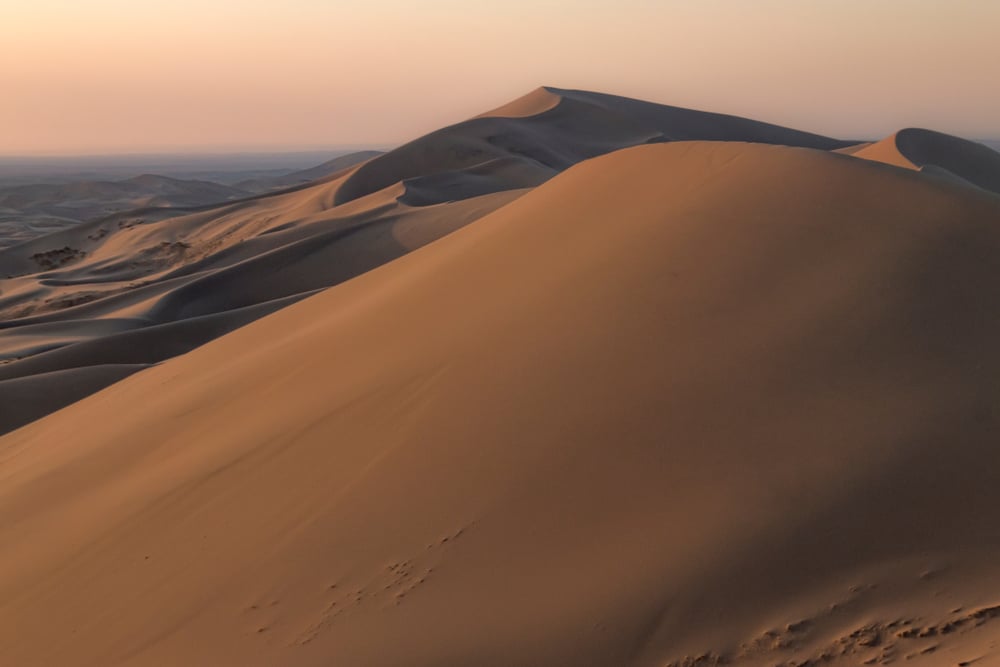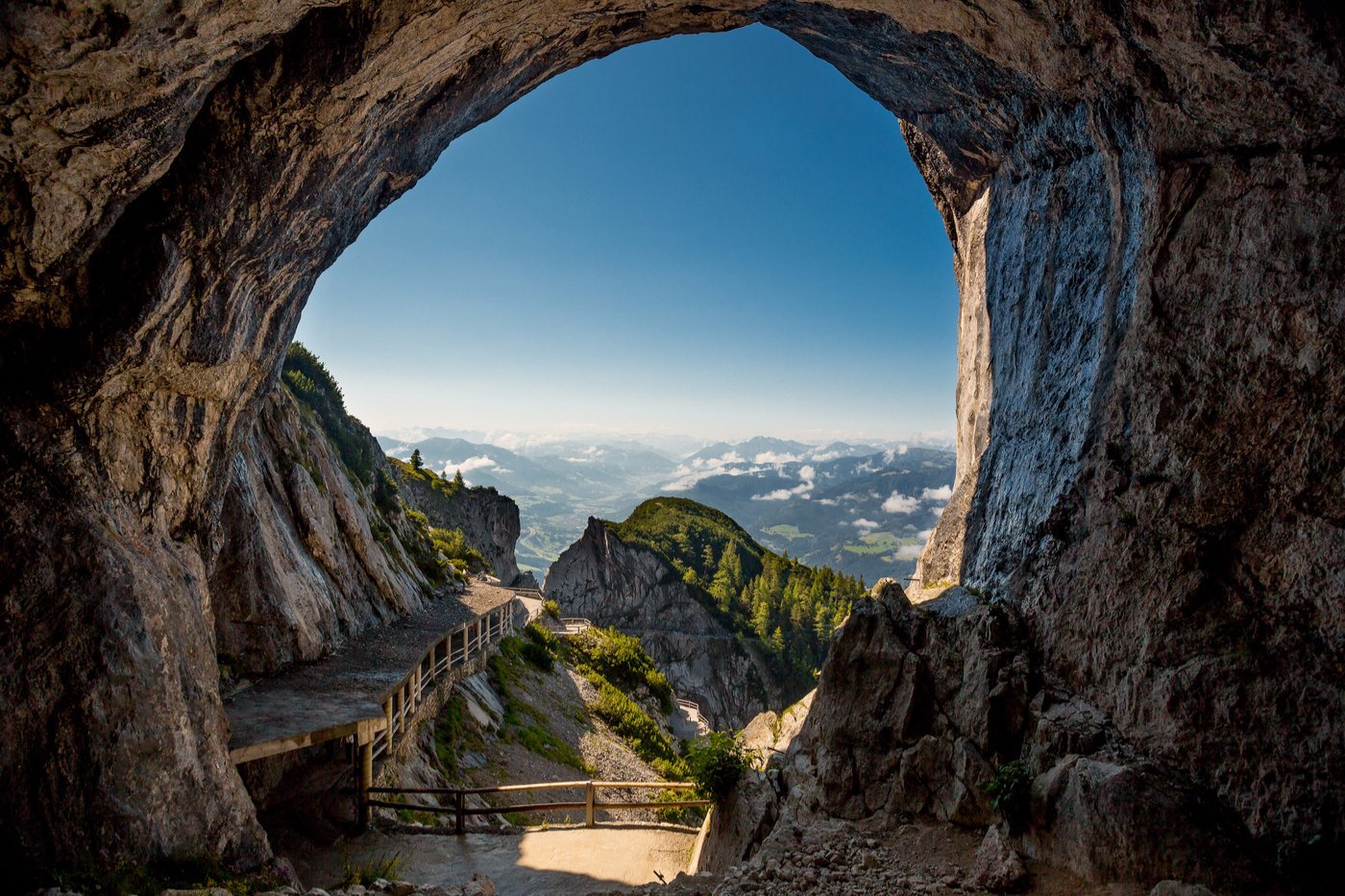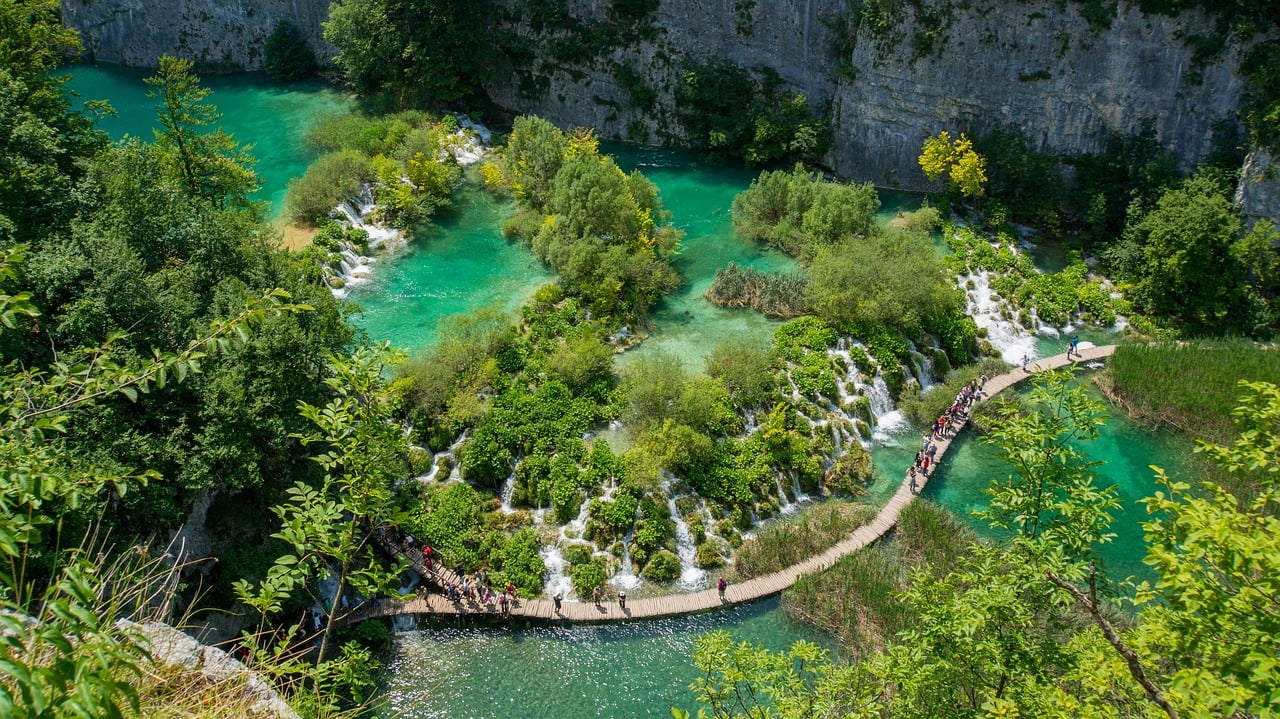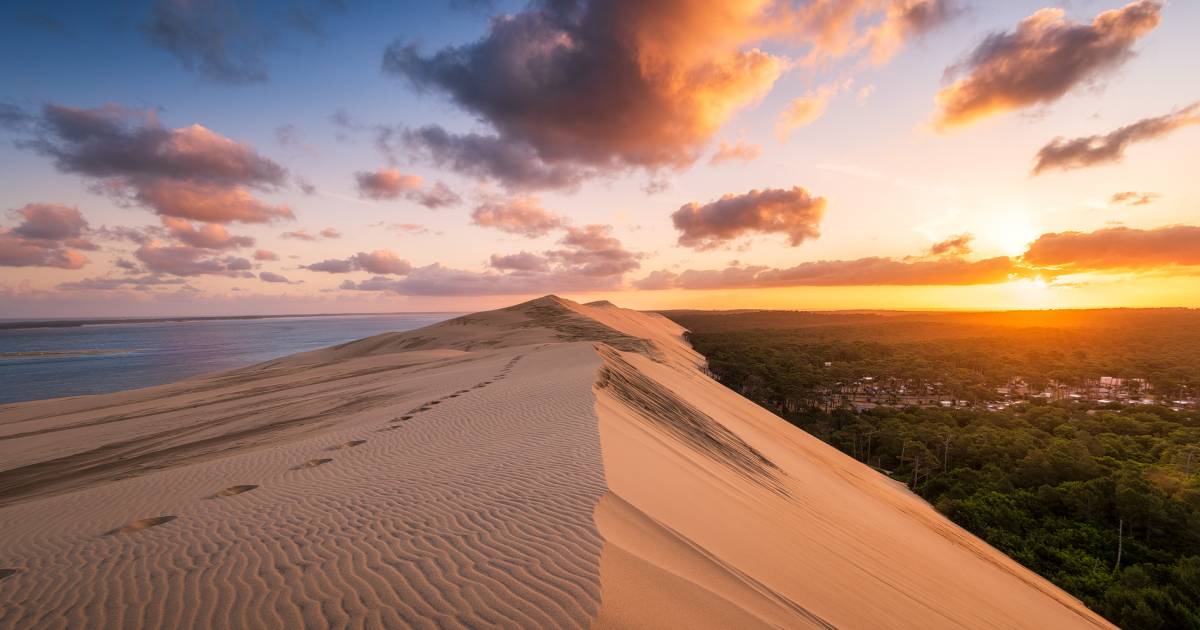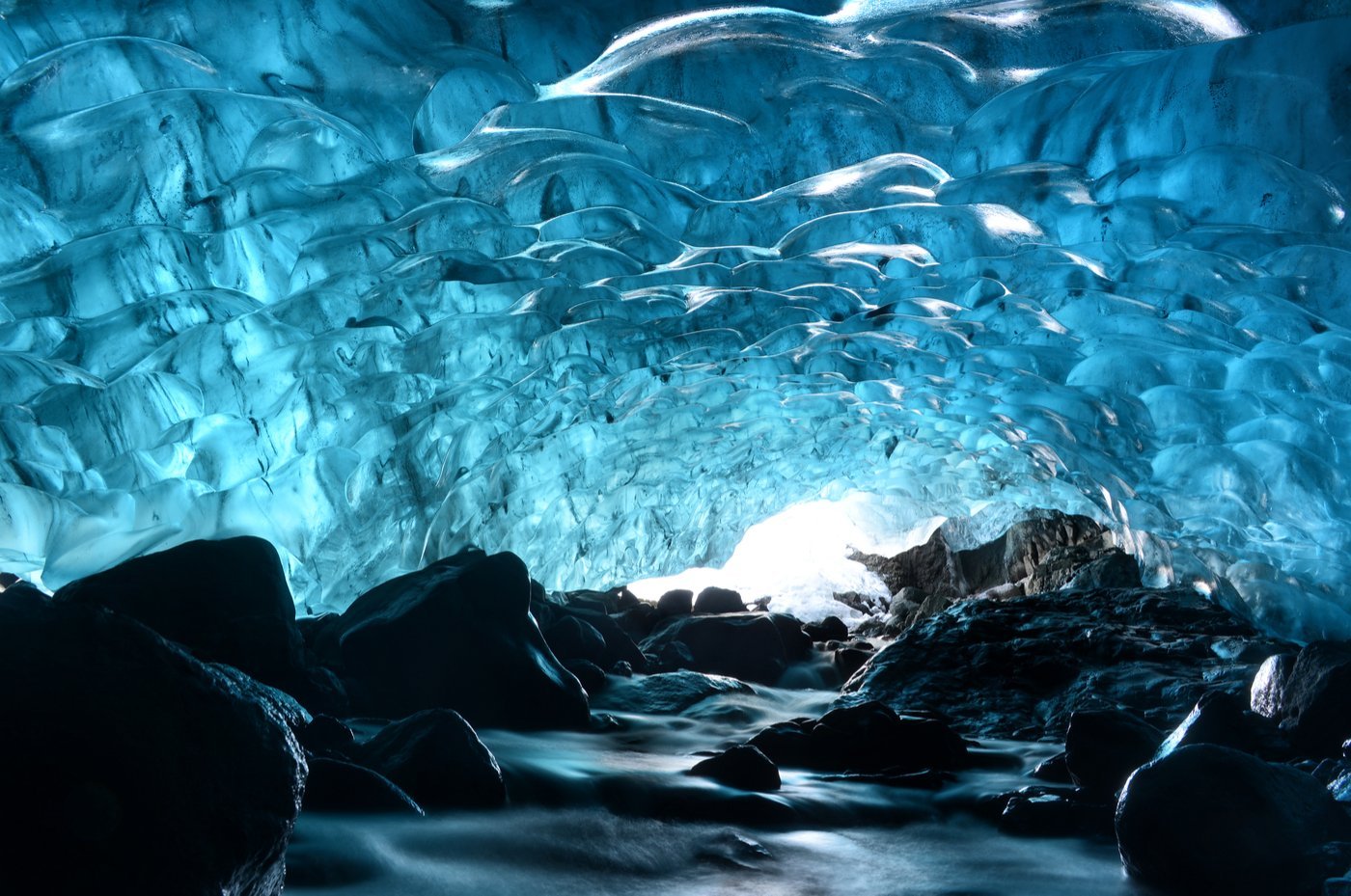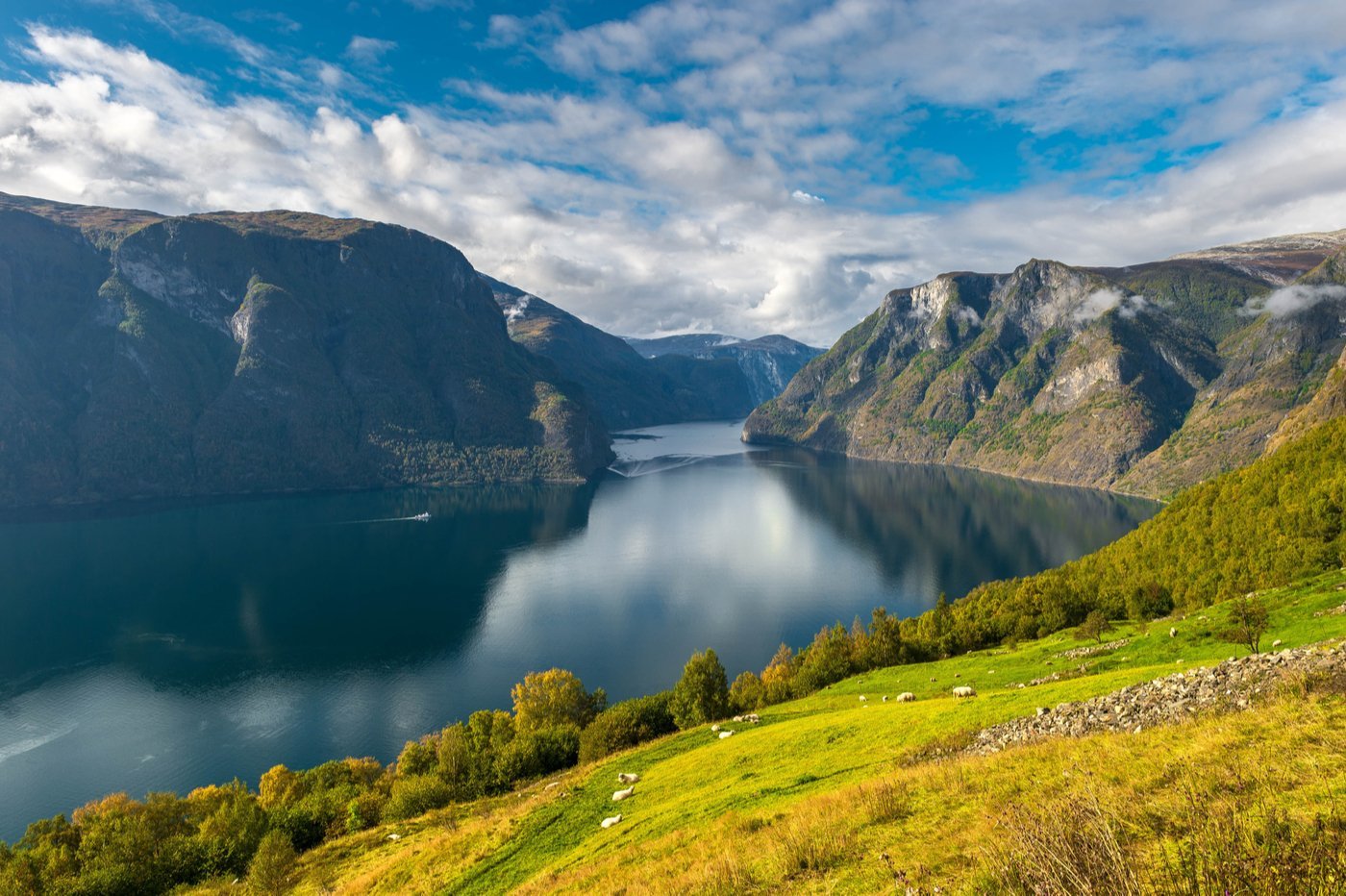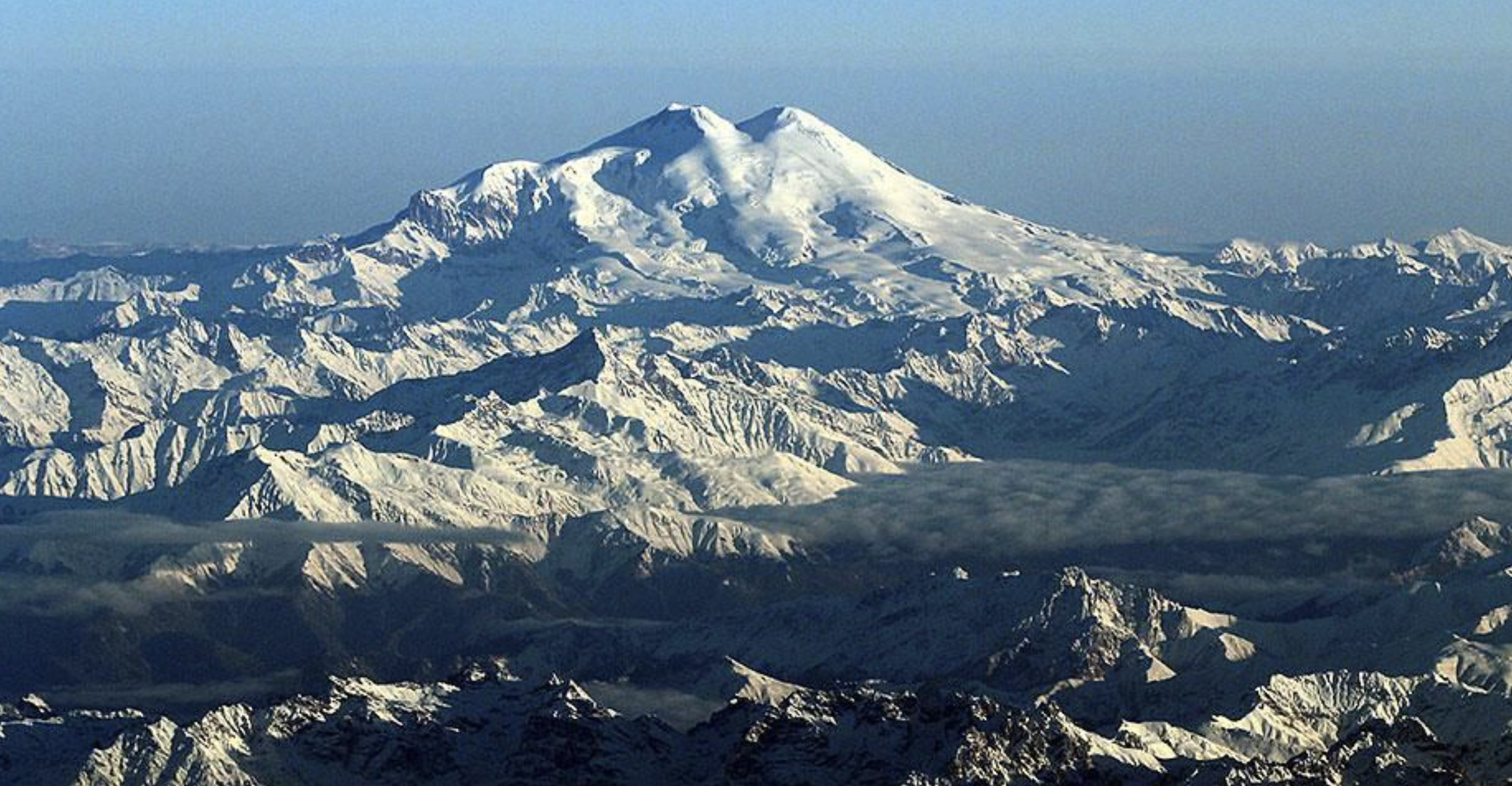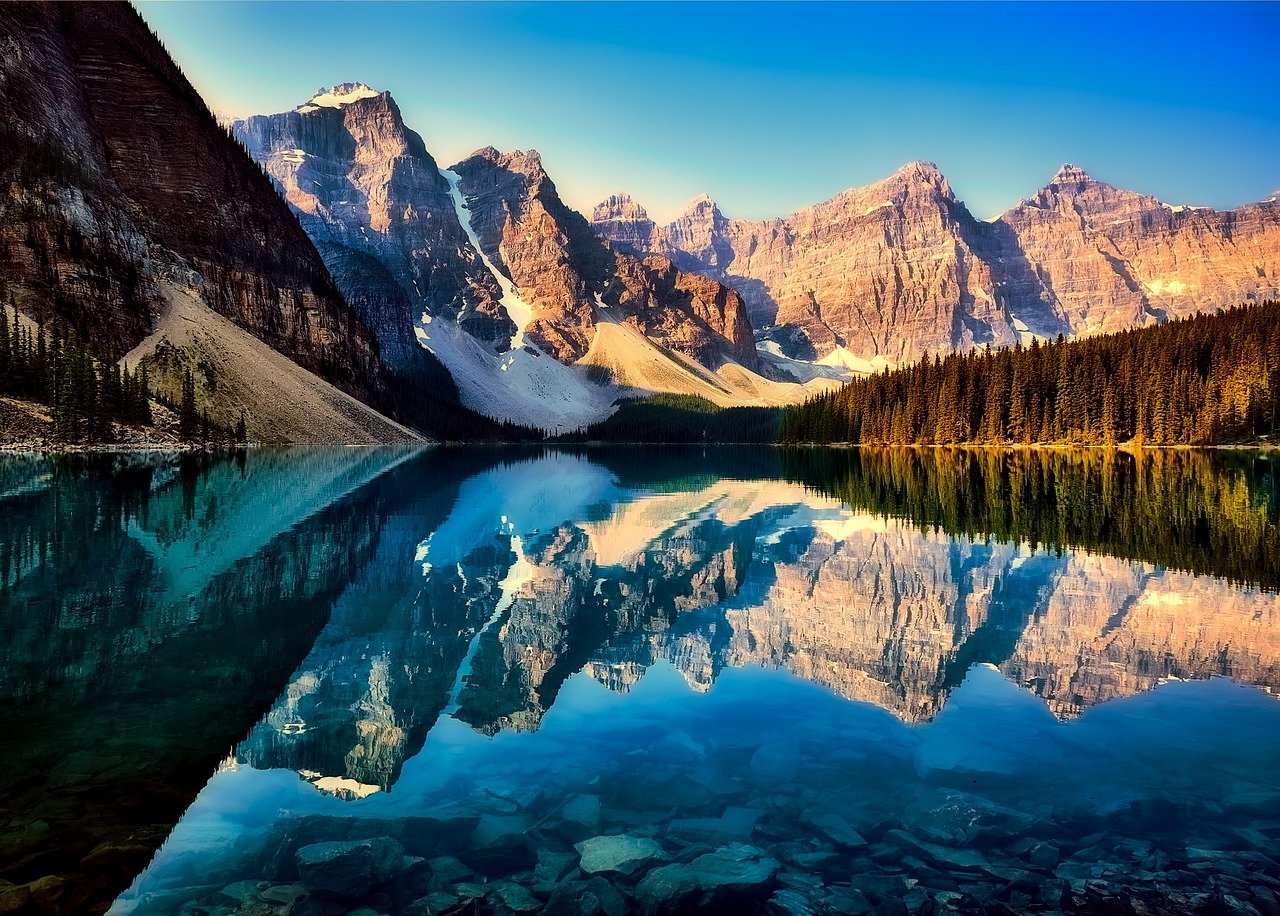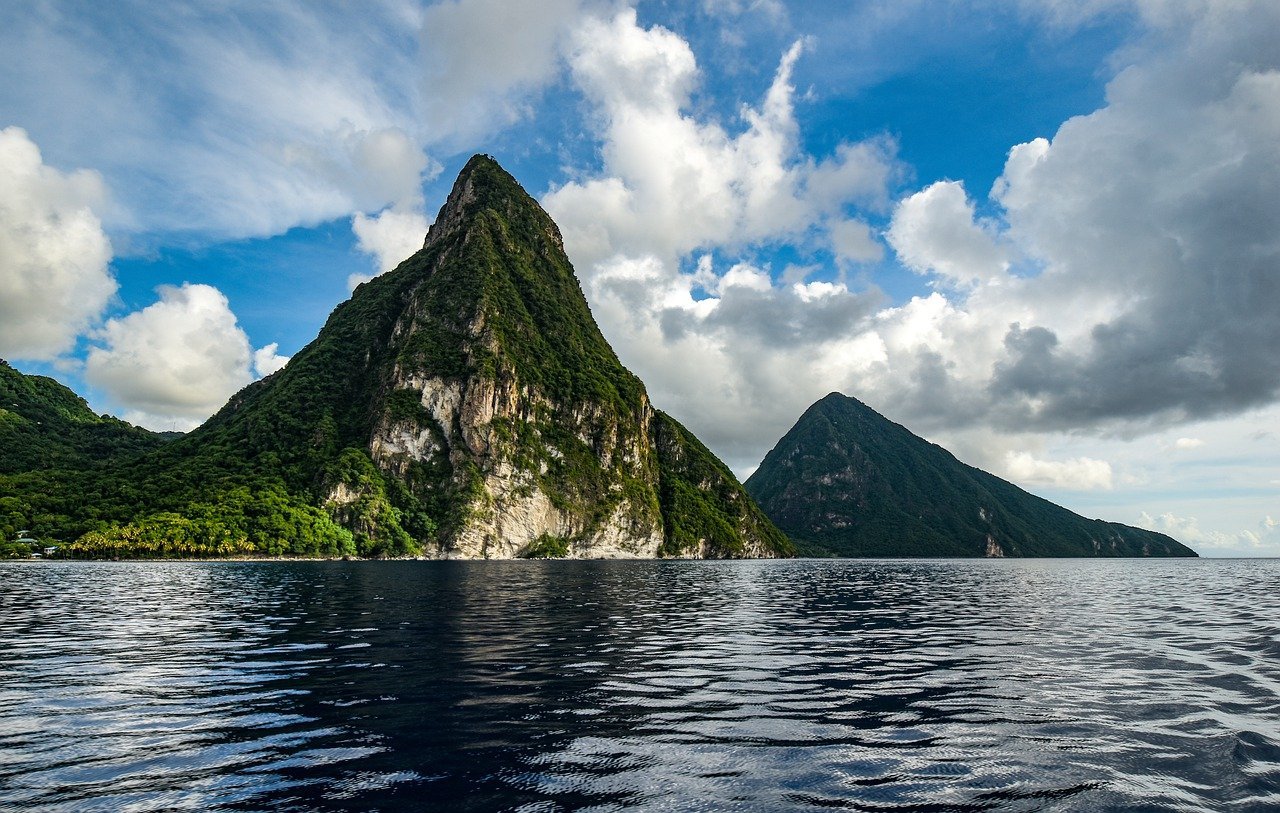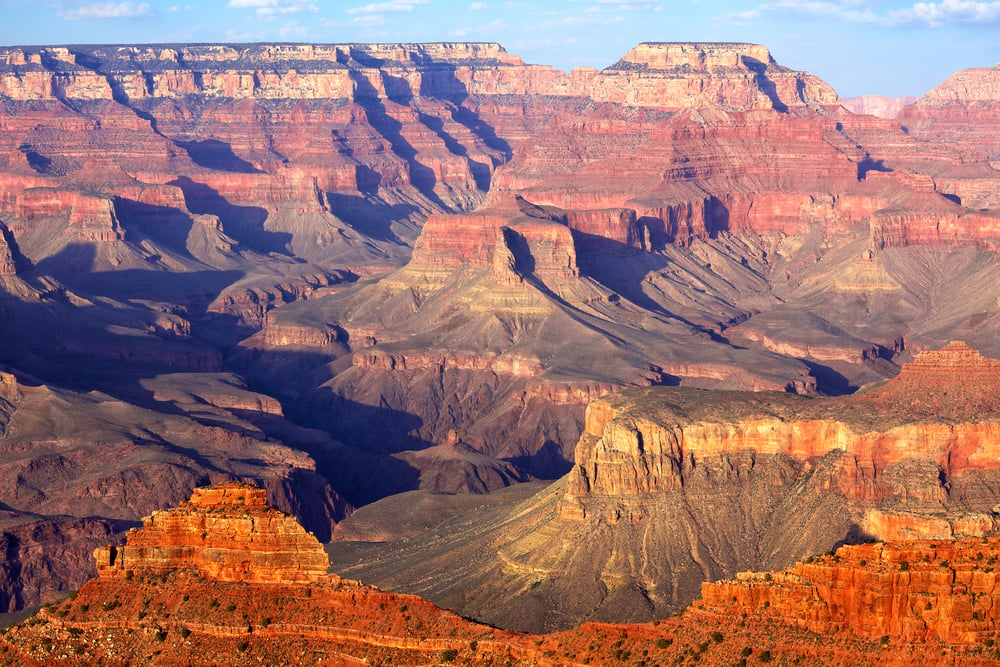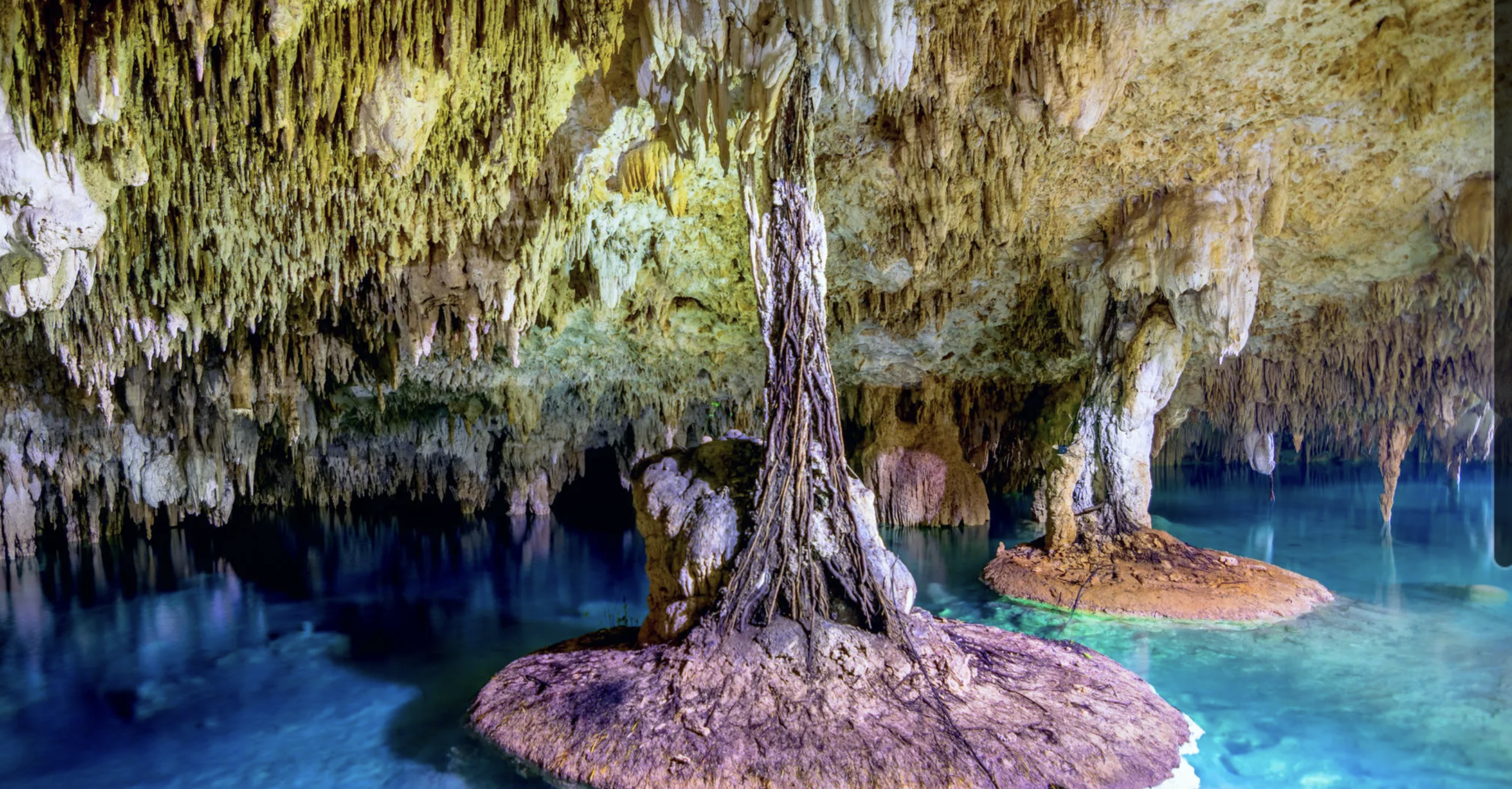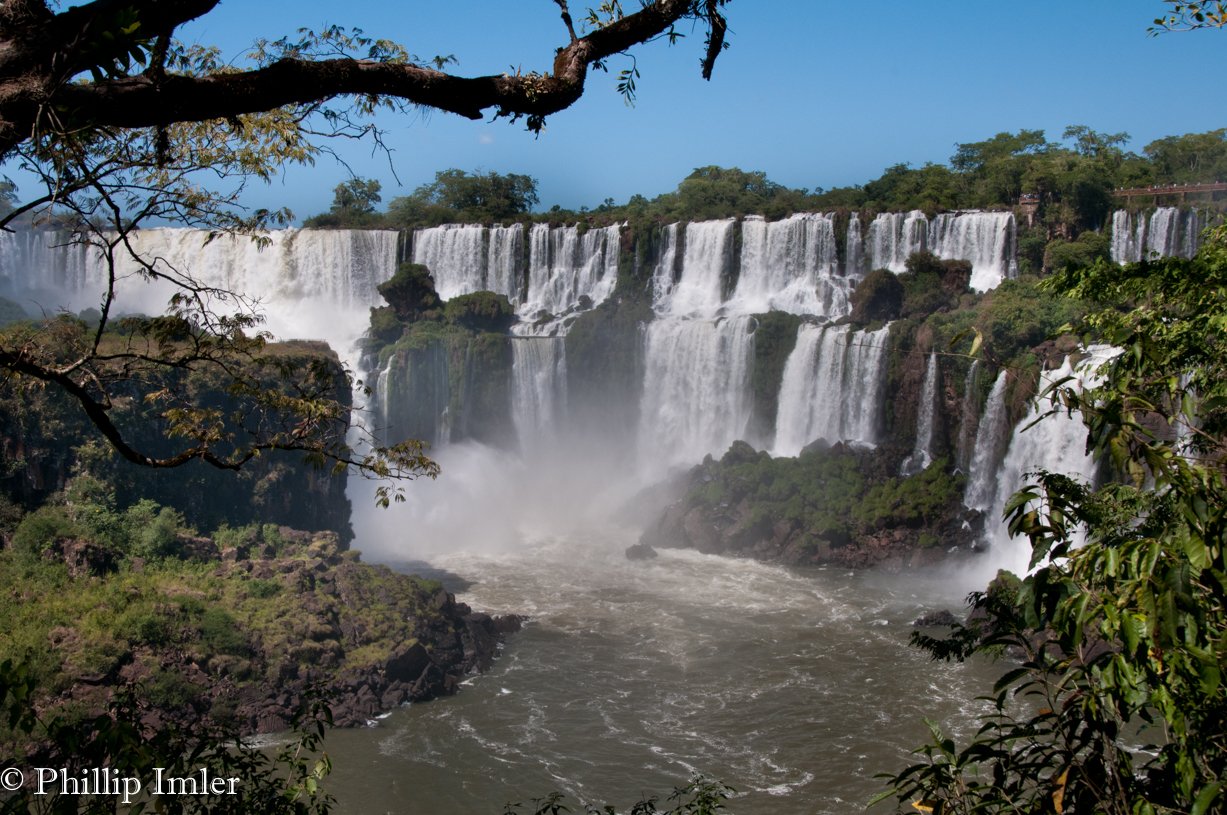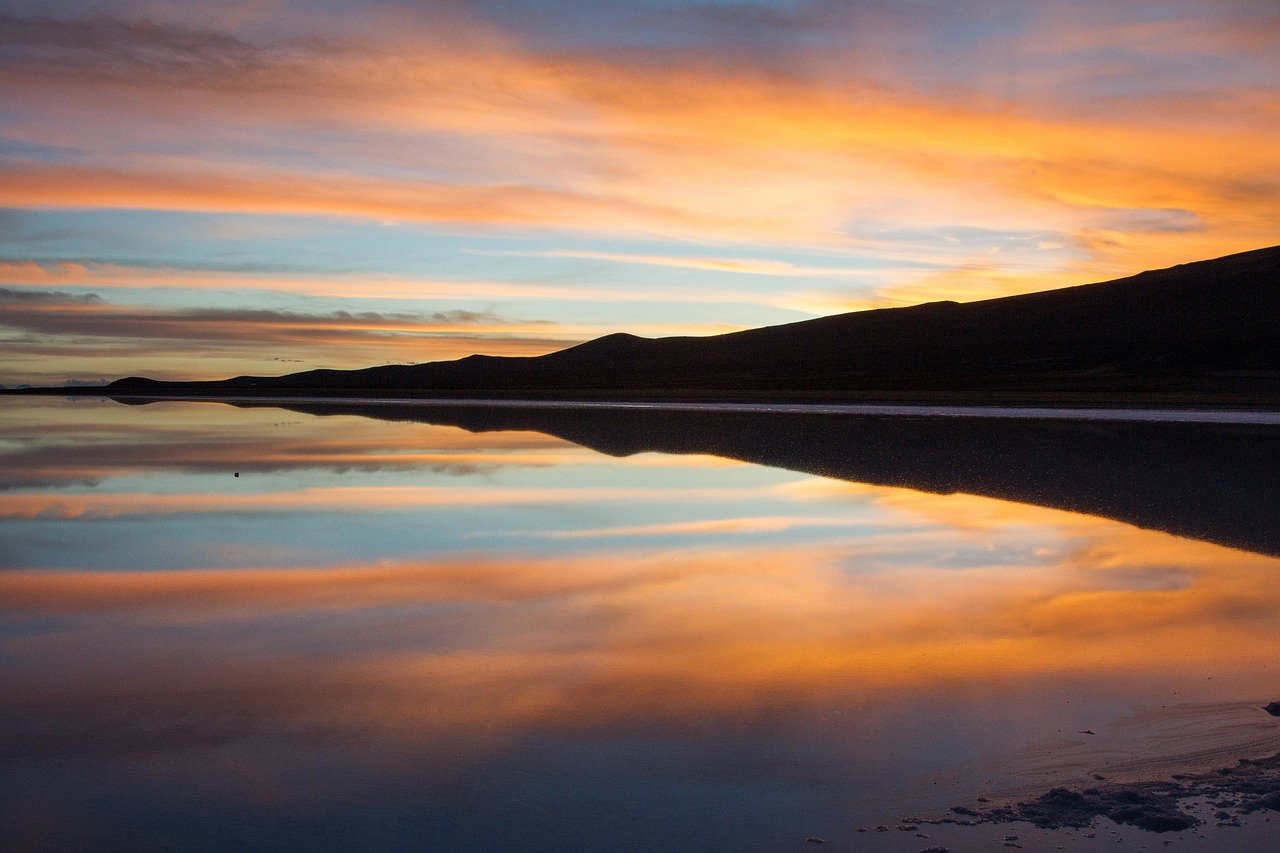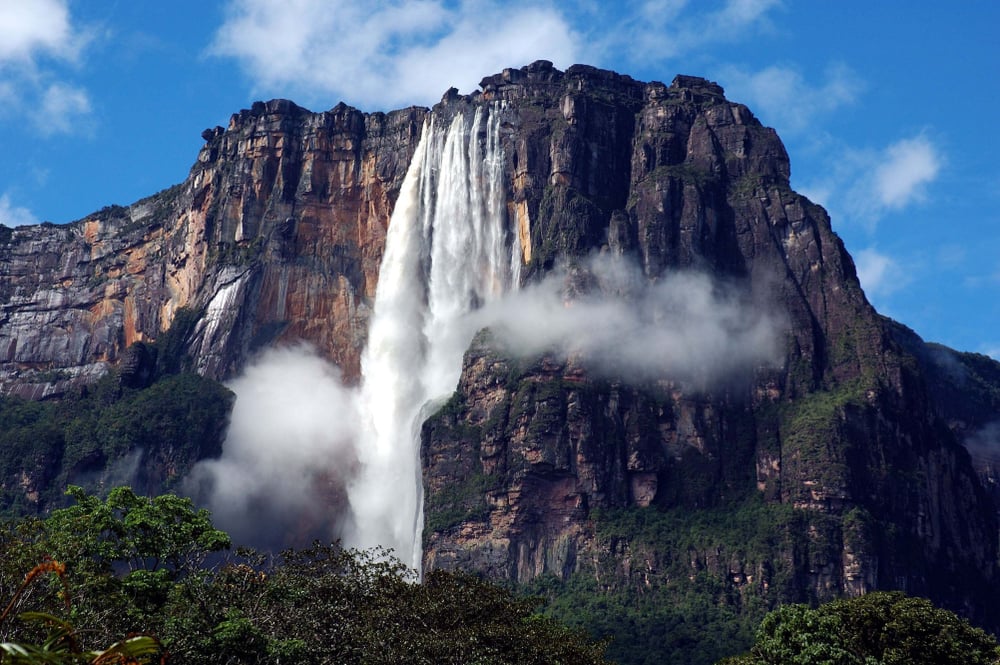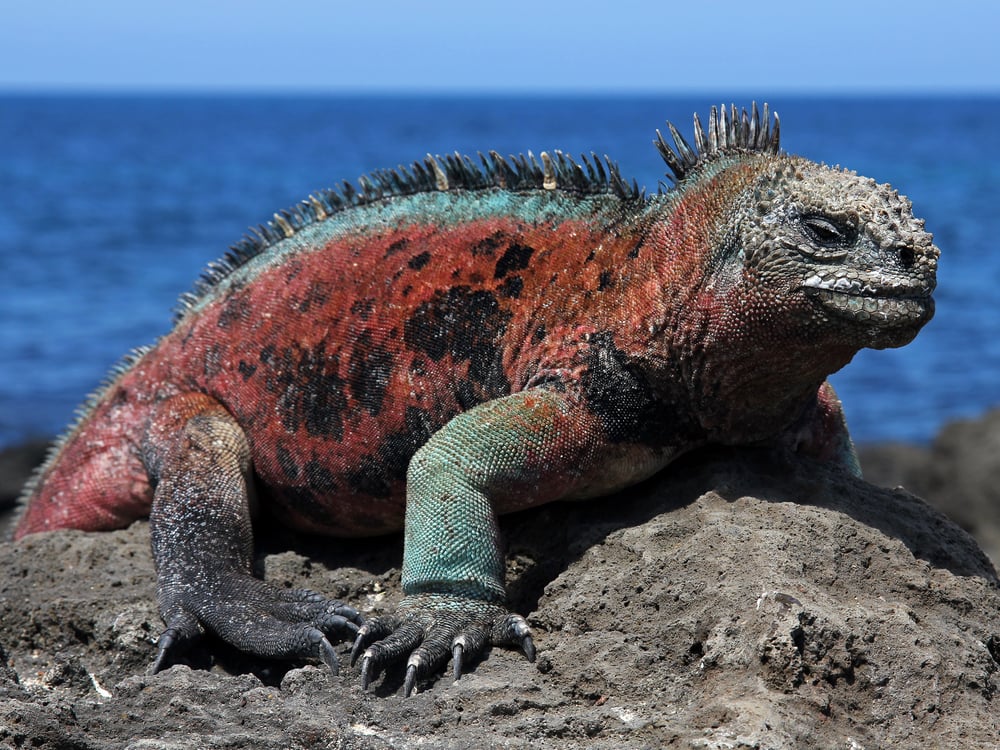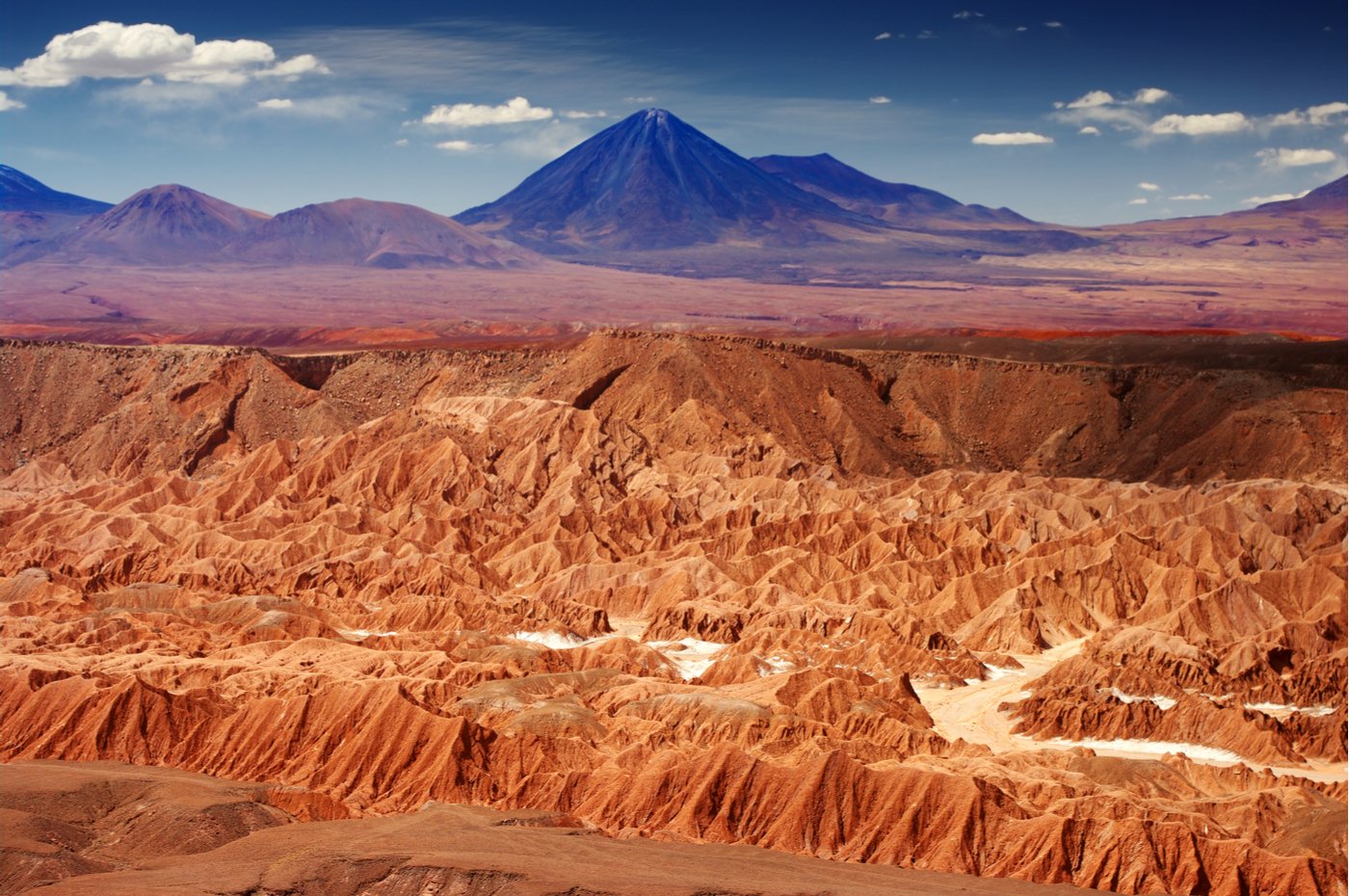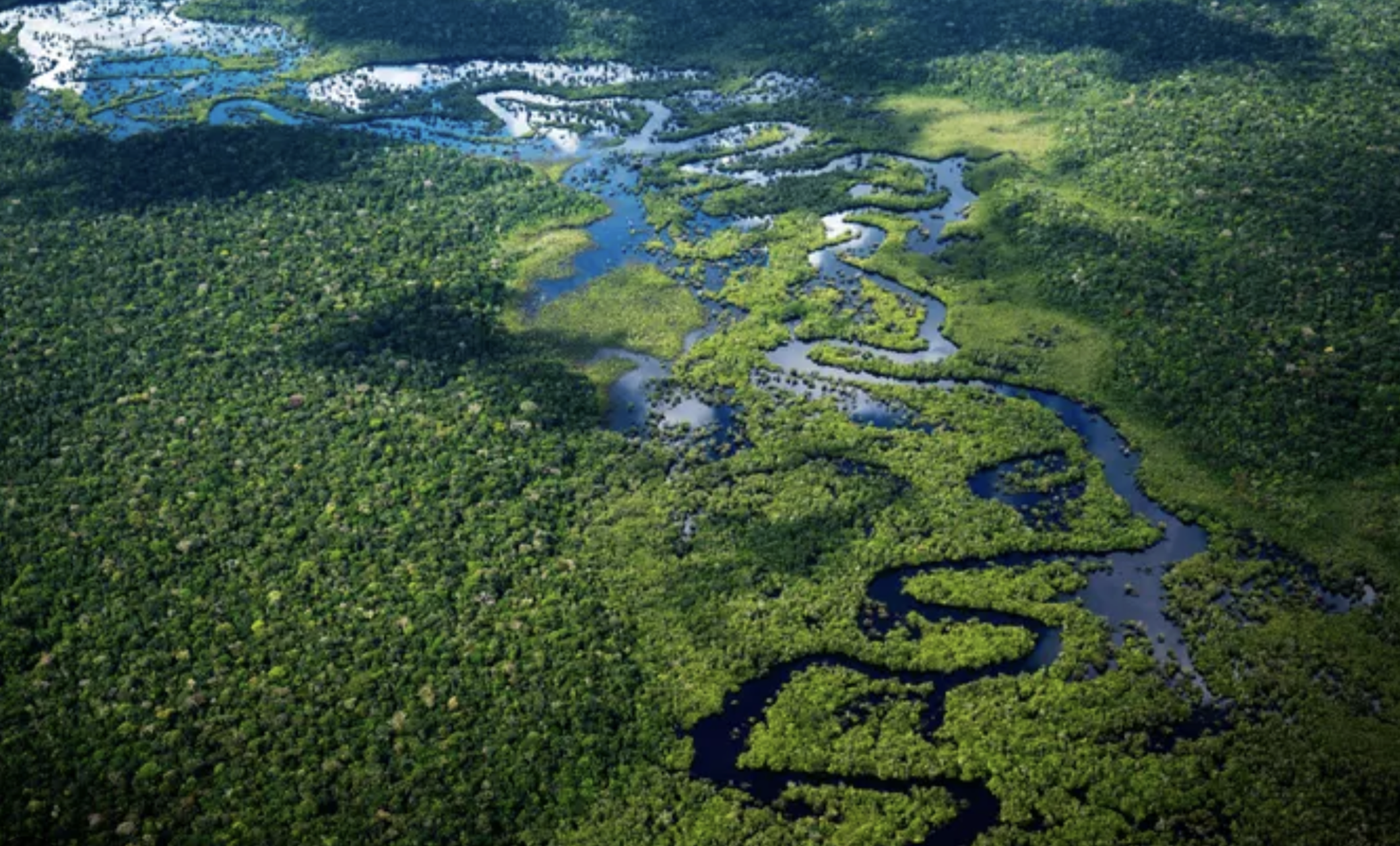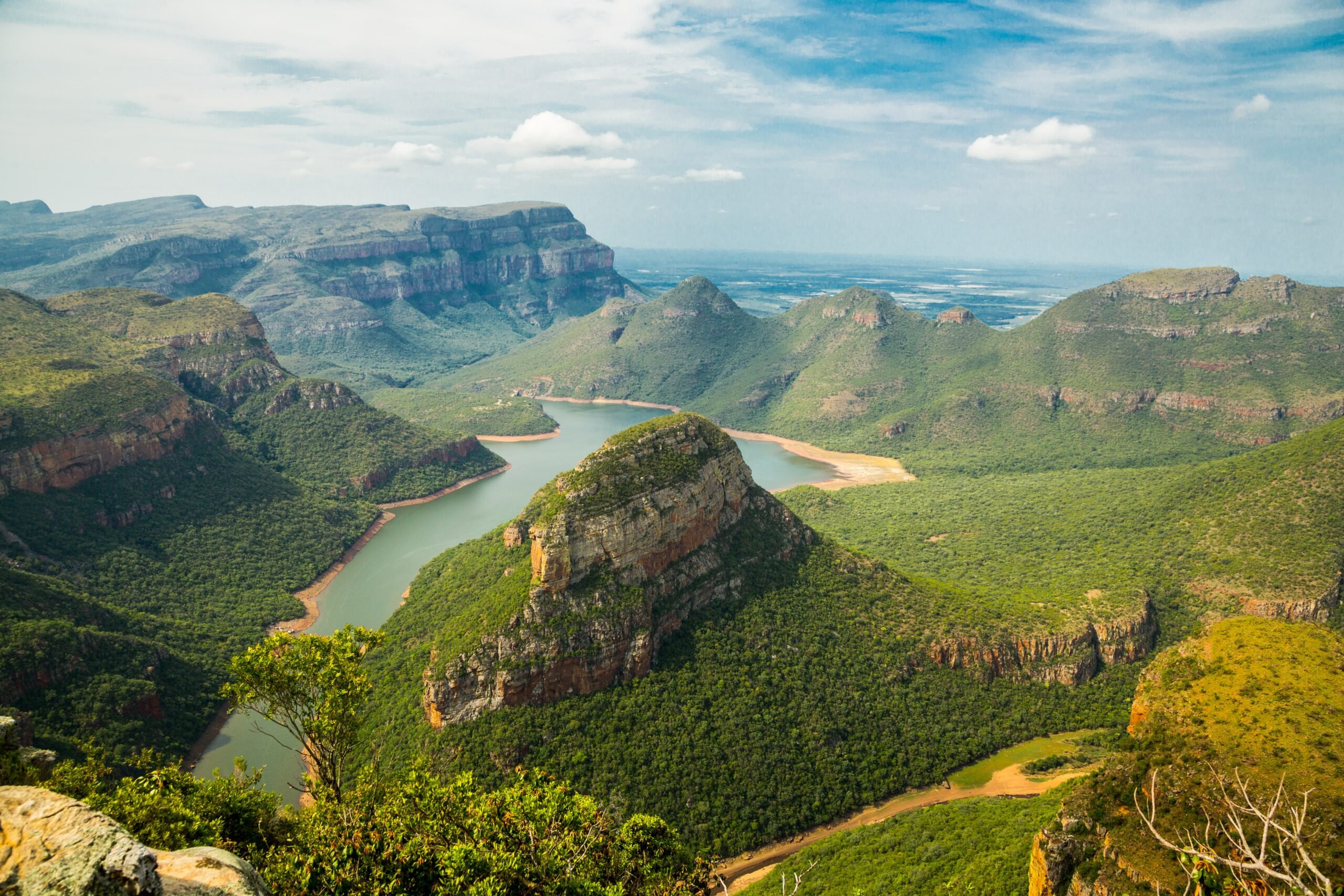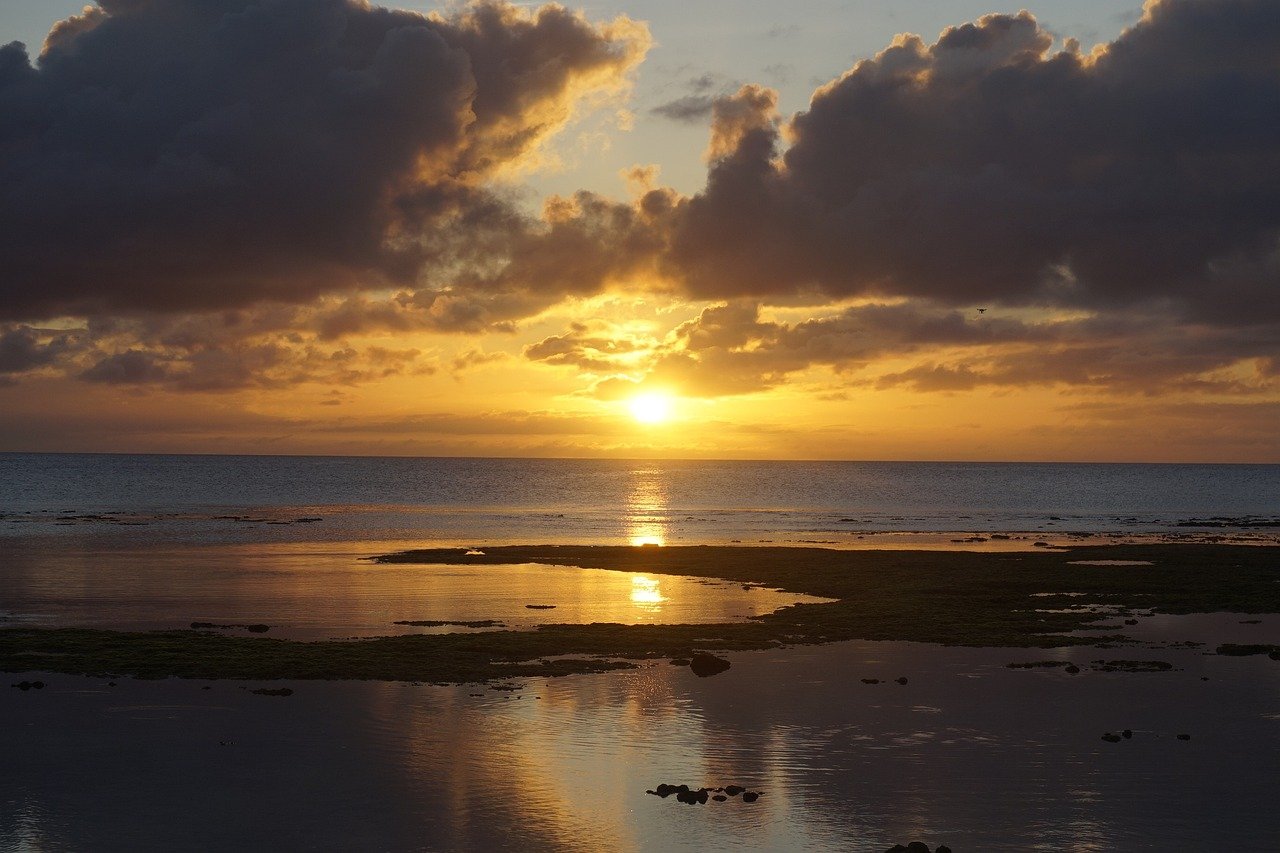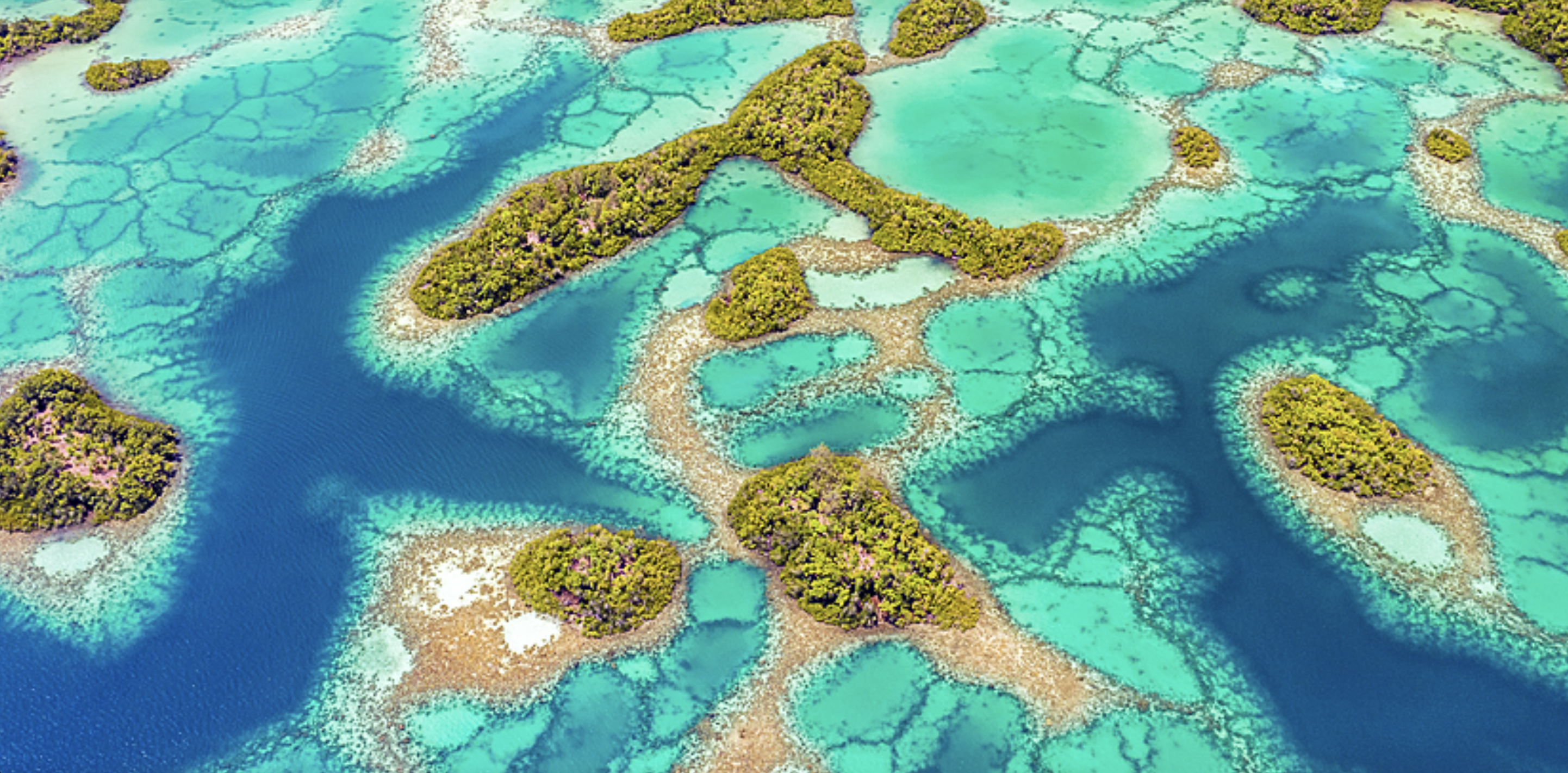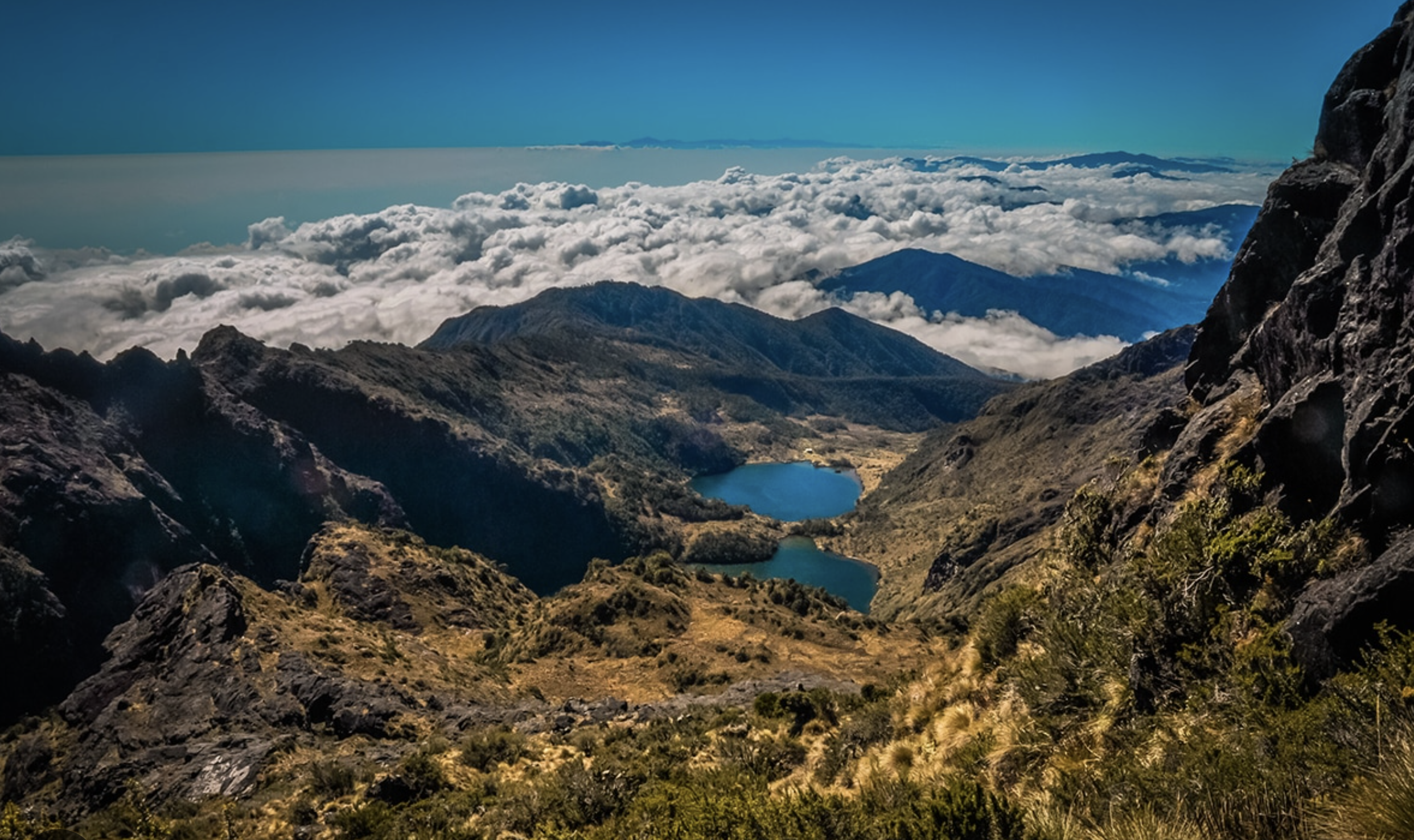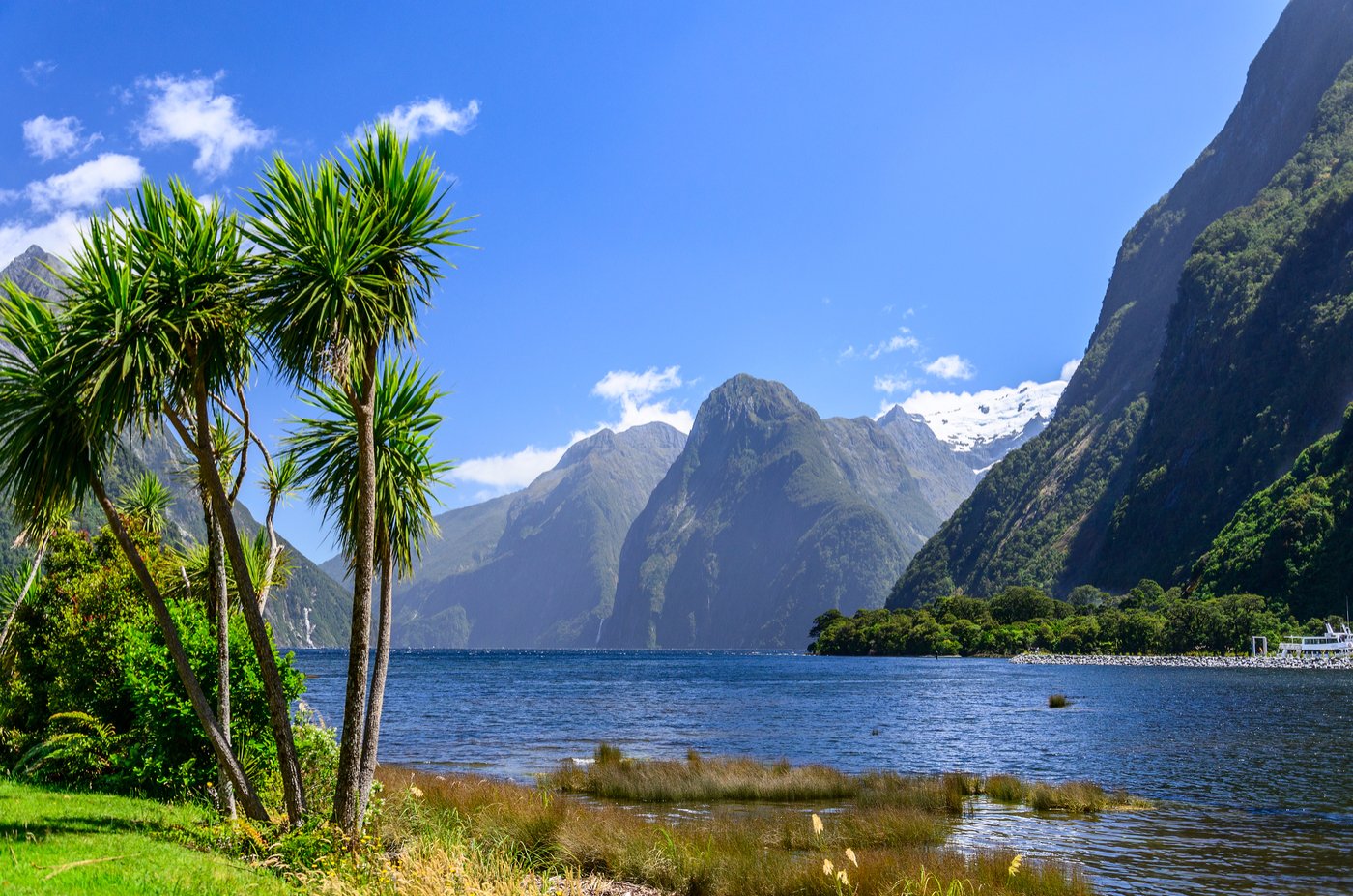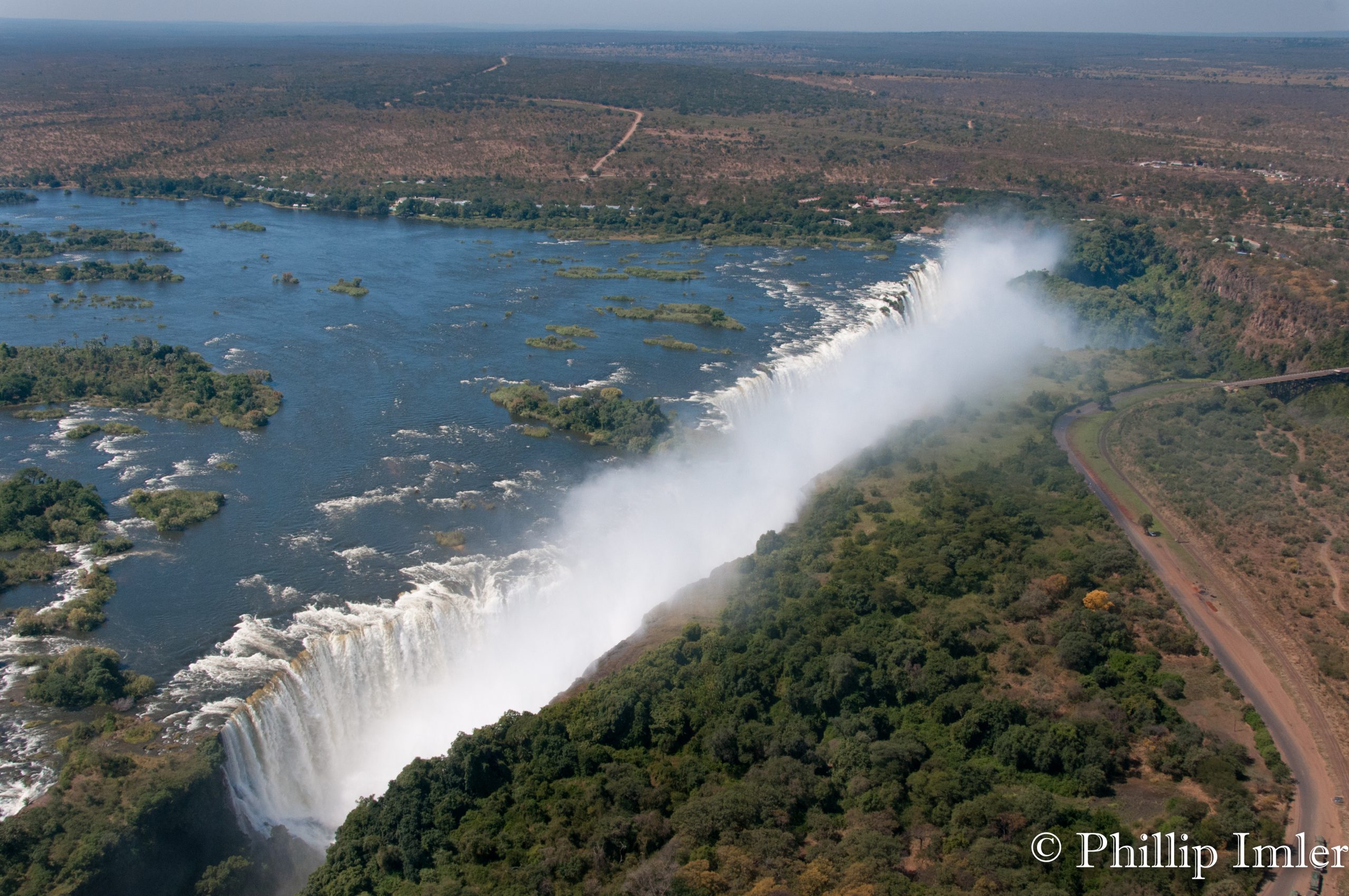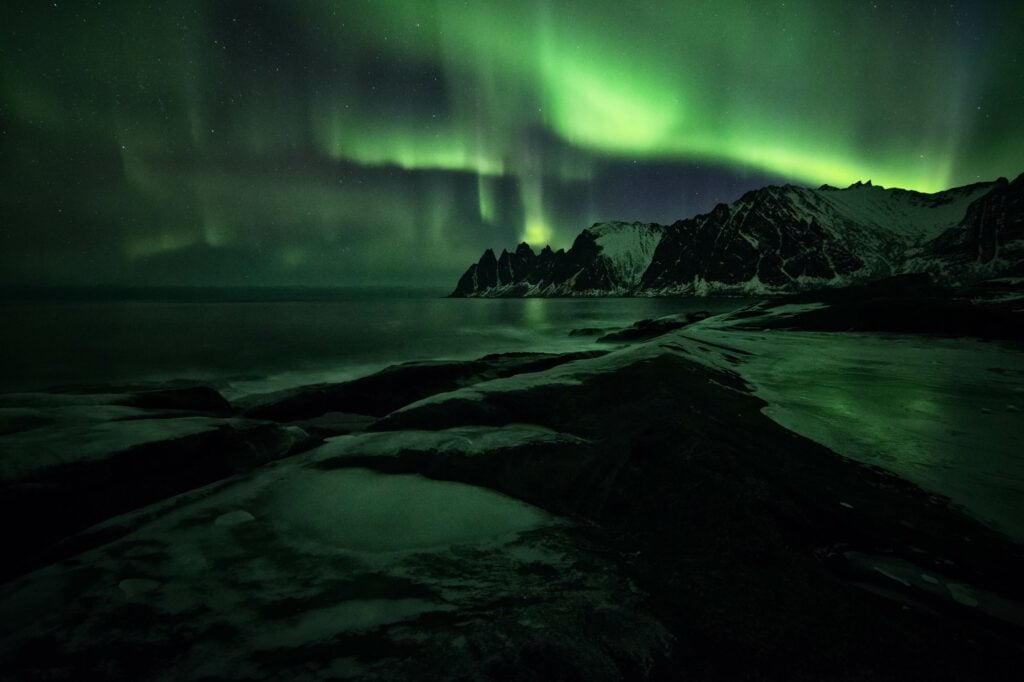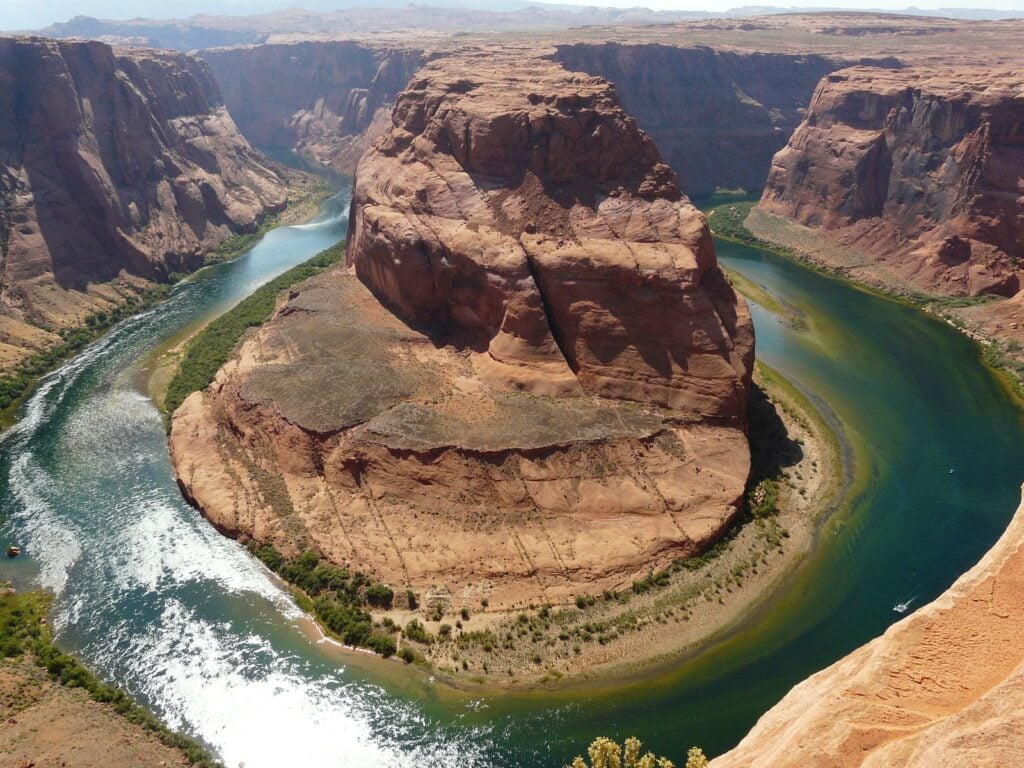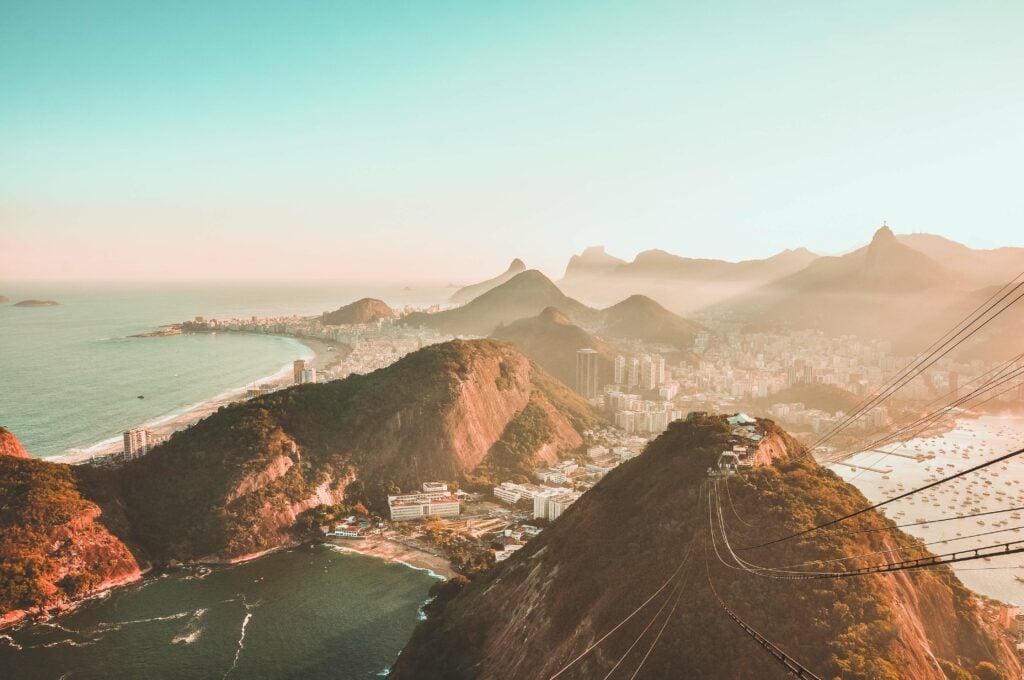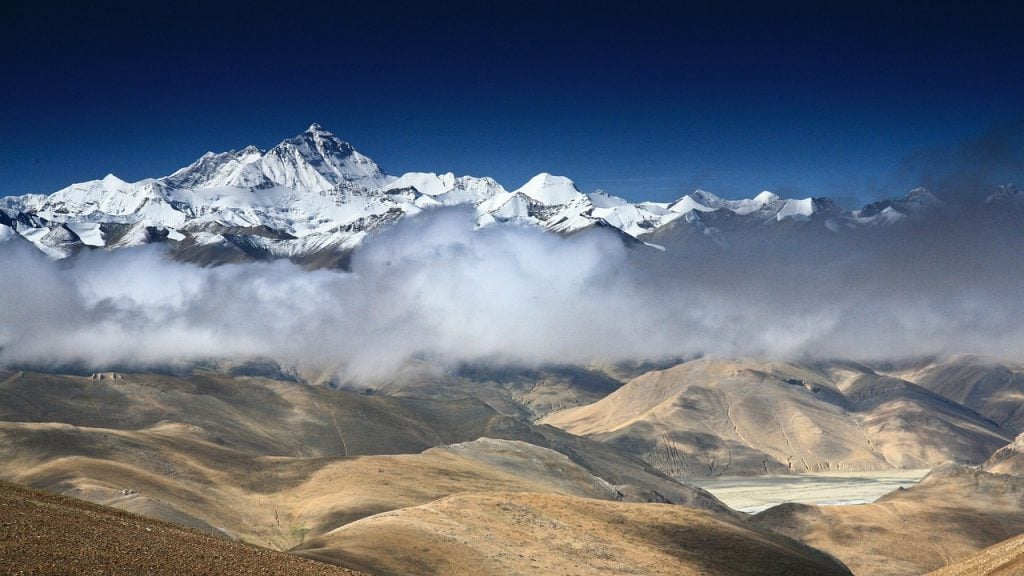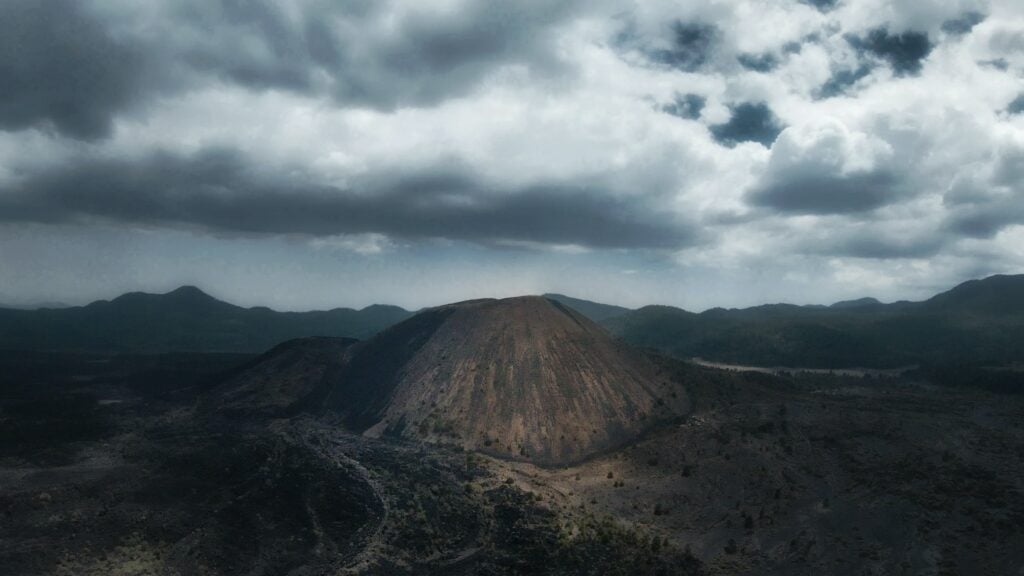Victoria Falls is recognized as one of the 7 Natural Wonders of the World for its extraordinary natural beauty, geological significance, and cultural importance. Statistically, it is the largest single sheet of falling water making it the largest waterfall in the world.
Here are key reasons why it holds this prestigious designation:
- Spectacular Waterfall:
- Victoria Falls is one of the most expansive waterfalls globally, spanning over 1,700 meters in width and plummeting up to 108 meters into the Batoka Gorge. Its sheer size and power make it a breathtaking natural spectacle.
- Cultural Heritage:
- The falls hold cultural significance for local communities, including the indigenous Tonga people. It is known as “Mosi-oa-Tunya,” meaning “The Smoke that Thunders,” reflecting the powerful impact and the mist created by the falls.
- Unique Rock Formations:
- The falls are situated on the Zambezi River, where it cascades over basalt rock formations, creating a series of gorges and unique geological features that contribute to its overall grandeur.
- Biodiversity:
- The surrounding rainforest, sustained by the falls’ spray, is home to a rich diversity of flora and fauna. The area supports various plant and animal species, adding ecological value to the natural wonder.
- Historical Significance:
- Victoria Falls has historical importance, with its discovery by the Scottish explorer David Livingstone in 1855. Livingstone played a crucial role in introducing this natural wonder to the world, enhancing its global recognition.
- Adventurous Activities:
- The falls provide a backdrop for a range of adventurous activities, such as bungee jumping, zip-lining, and white-water rafting, attracting thrill-seekers from around the world.
- Global Appeal:
- Victoria Falls has captured the imagination of people globally, drawing visitors with its captivating beauty and unique features. Its designation as one of the 7 Natural Wonders acknowledges its status as a must-see destination on a global scale.
The combination of its size, cultural significance, biodiversity, and the overall experience it offers makes Victoria Falls a standout natural wonder, earning its place among the seven wonders of the natural world.

